Ever since Charles Lindbergh was proclaimed Man of the Year for 1927 in the Jan. 2, 1928, issue, TIME magazine has annually selected what is now known as the Person of the Year — the man, woman, group or concept that had the most influence on the world during the previous 12 months. In 2021, TIME’s editors chose Elon Musk
But, according to a letter to readers that appeared in the 1944 edition (Man of the Year: Dwight Eisenhower), TIME’s Person of the Year franchise all started by accident.
Here’s what happened: New Year’s week of 1928 had been a string of slow news days. In those years, TIME’s cover — which had only recently acquired its signature red border — was dedicated almost exclusively to portraiture, but there was nobody whose face seemed to fit the week’s events. As the publication date approached, the editors were at a loss. “No one had done anything newsworthy enough to put his picture on TIME’s cover, so somebody suggested we stop looking for a Man of the Week and pick a Man of the Year,” wrote then-publisher P.I. Prentice in the Jan. 1, 1945, issue. “This was an easy choice: Charles Augustus Lindbergh, who had soloed the Atlantic in only 33 hours and 39 minutes, was the hero of 1927.” (It was also the case that Lindbergh had not been on the cover yet, an oversight that needed rectifying. The week that news of Lindbergh’s flight was reported, the TIME cover featured an old picture of King George V & Queen Mary in masquerade costumes.)
See Every Person Of The Year Cover Ever











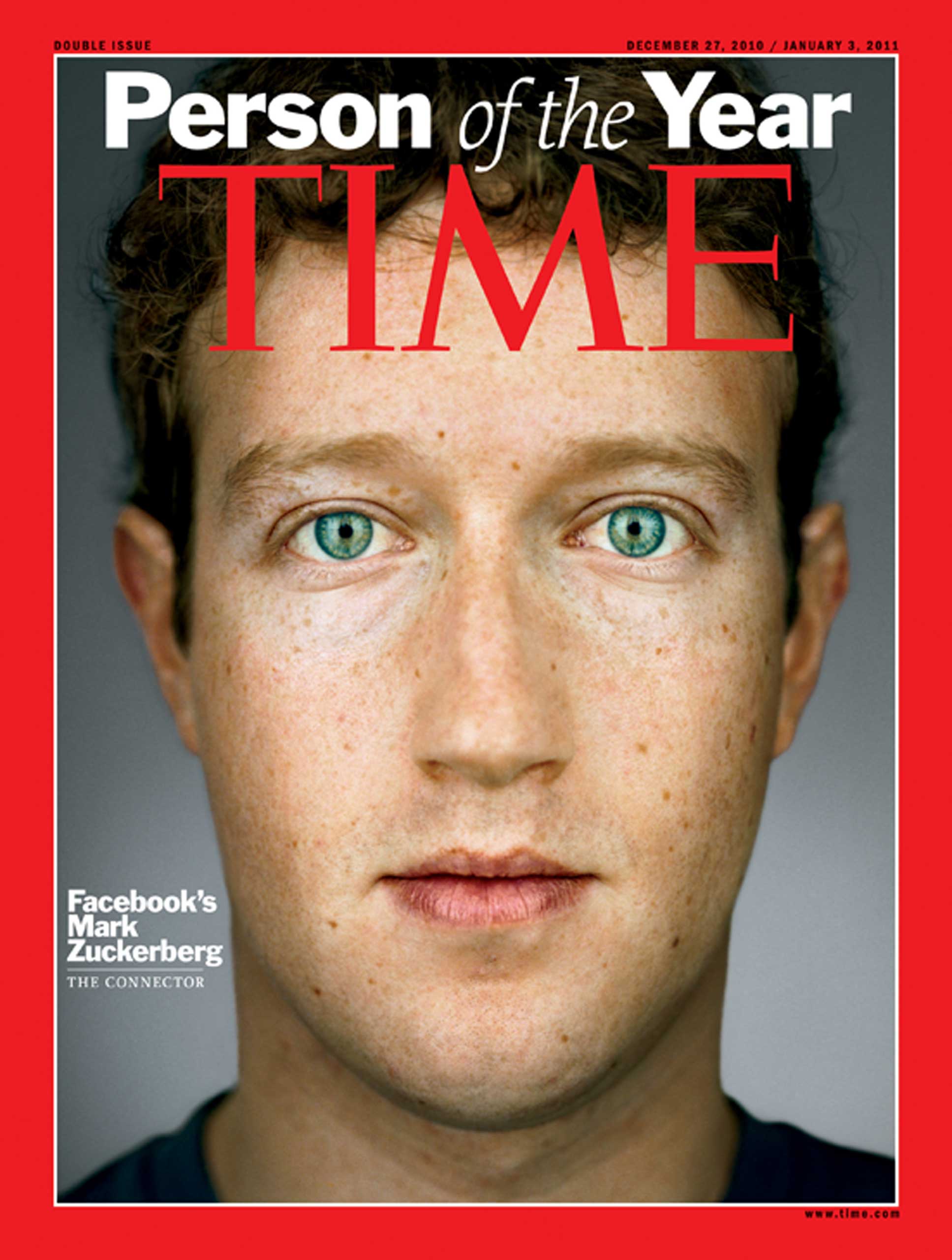
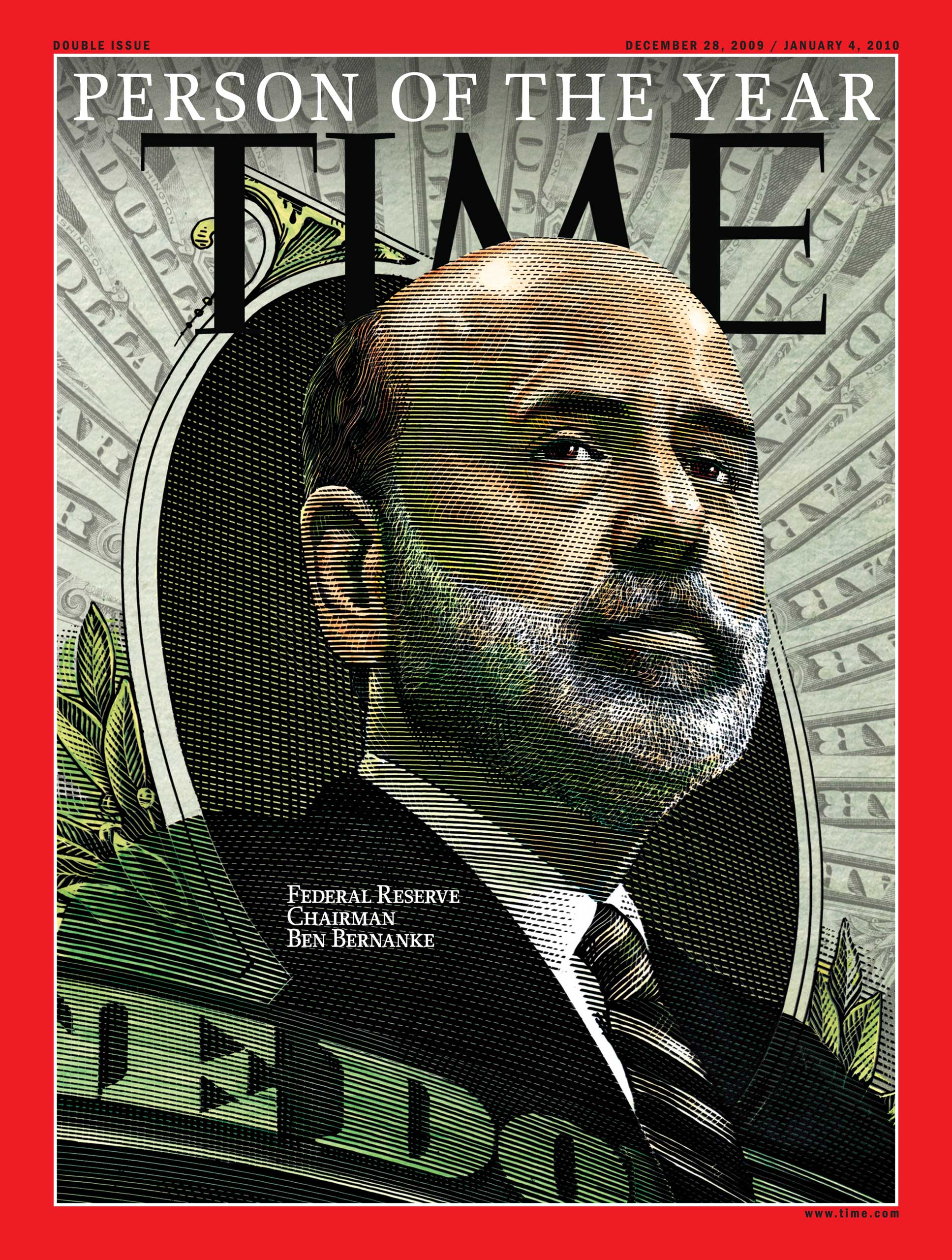

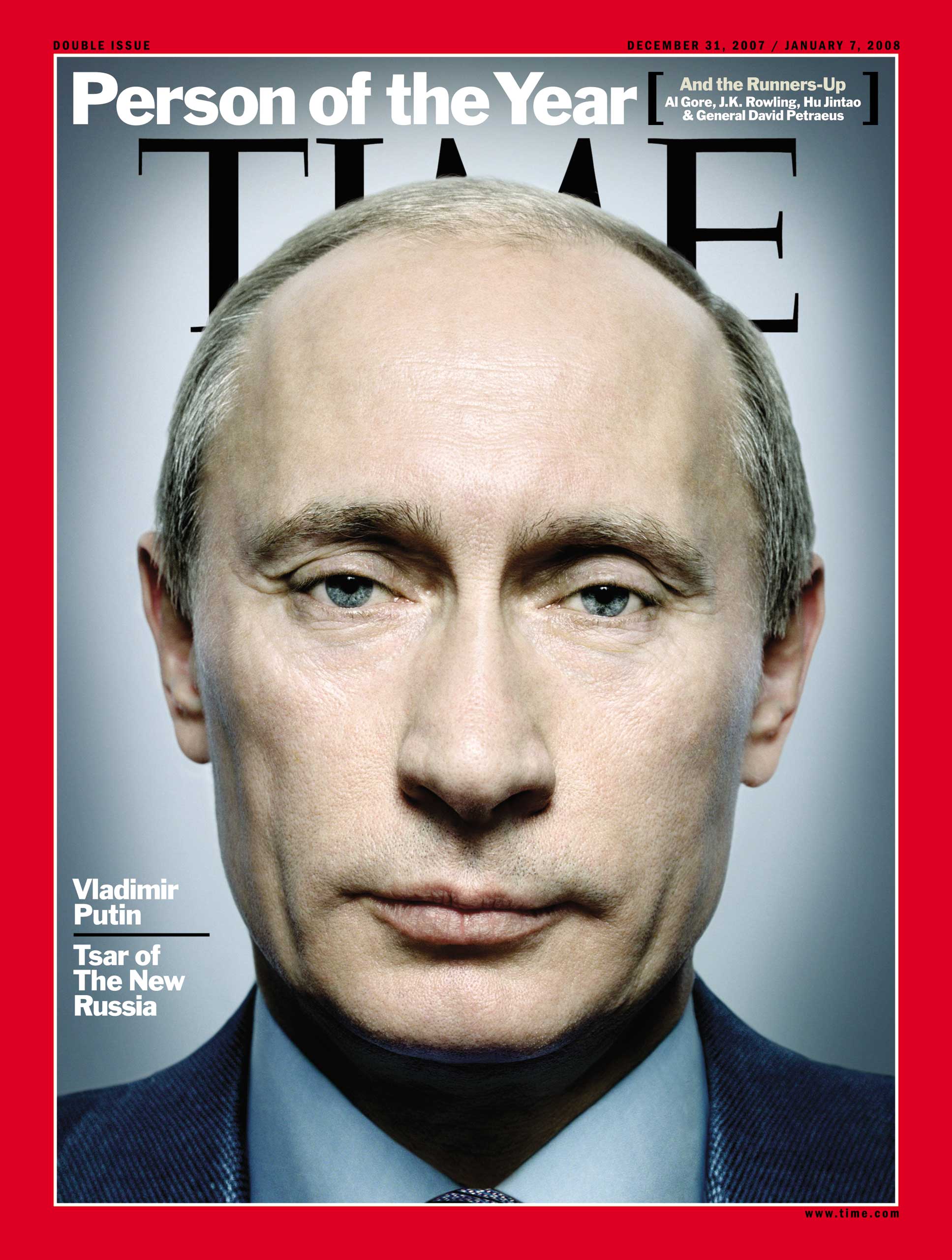

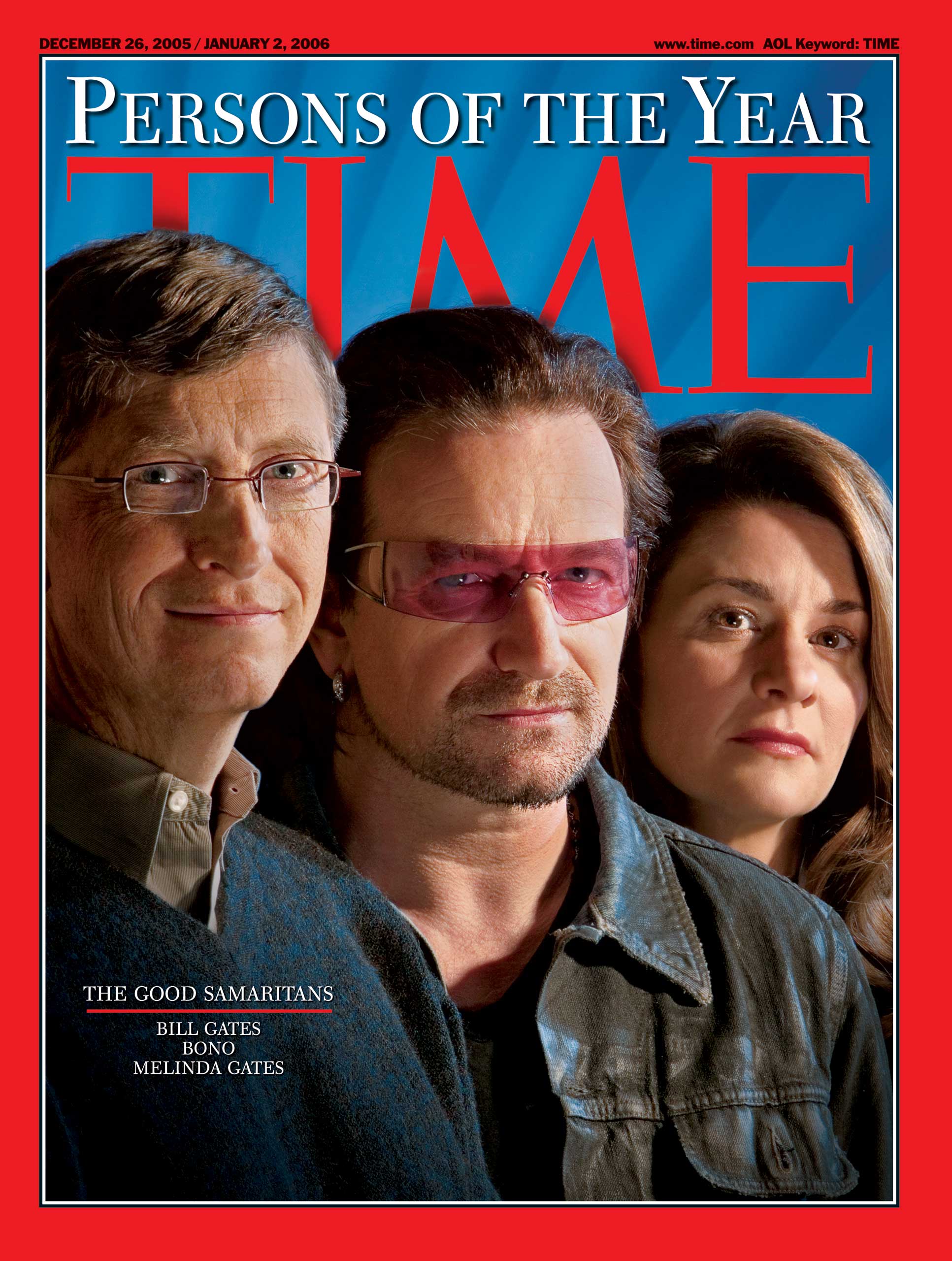
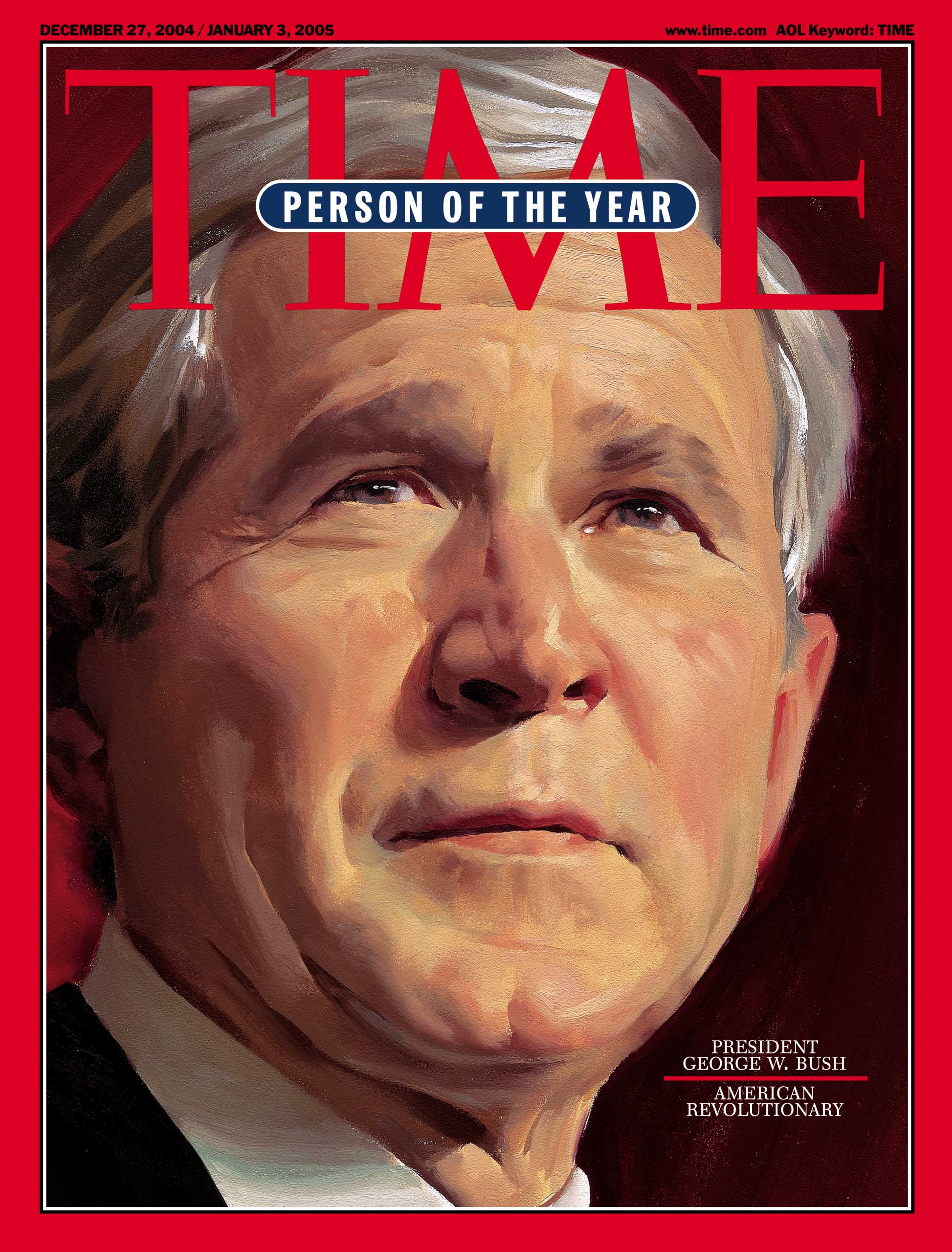



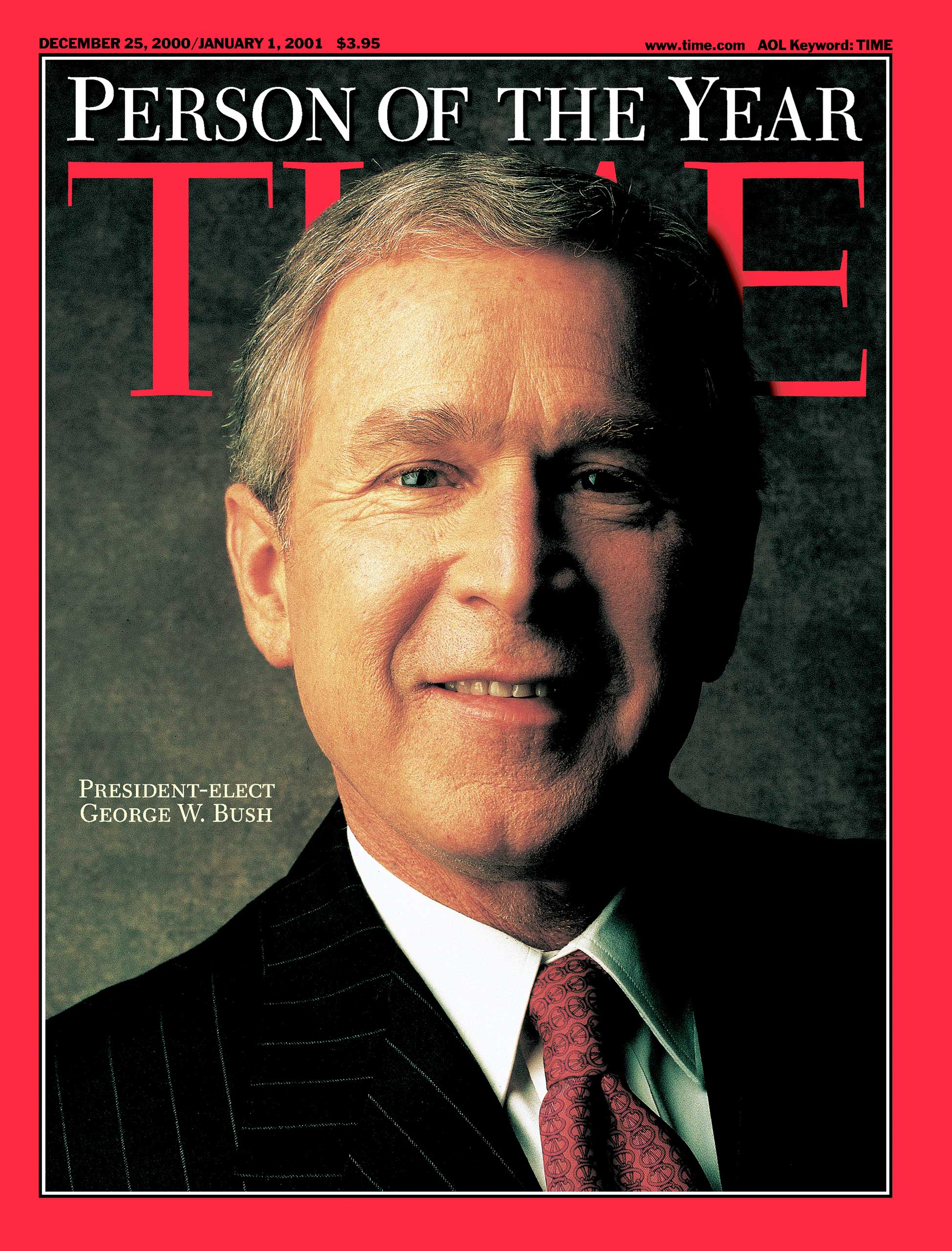



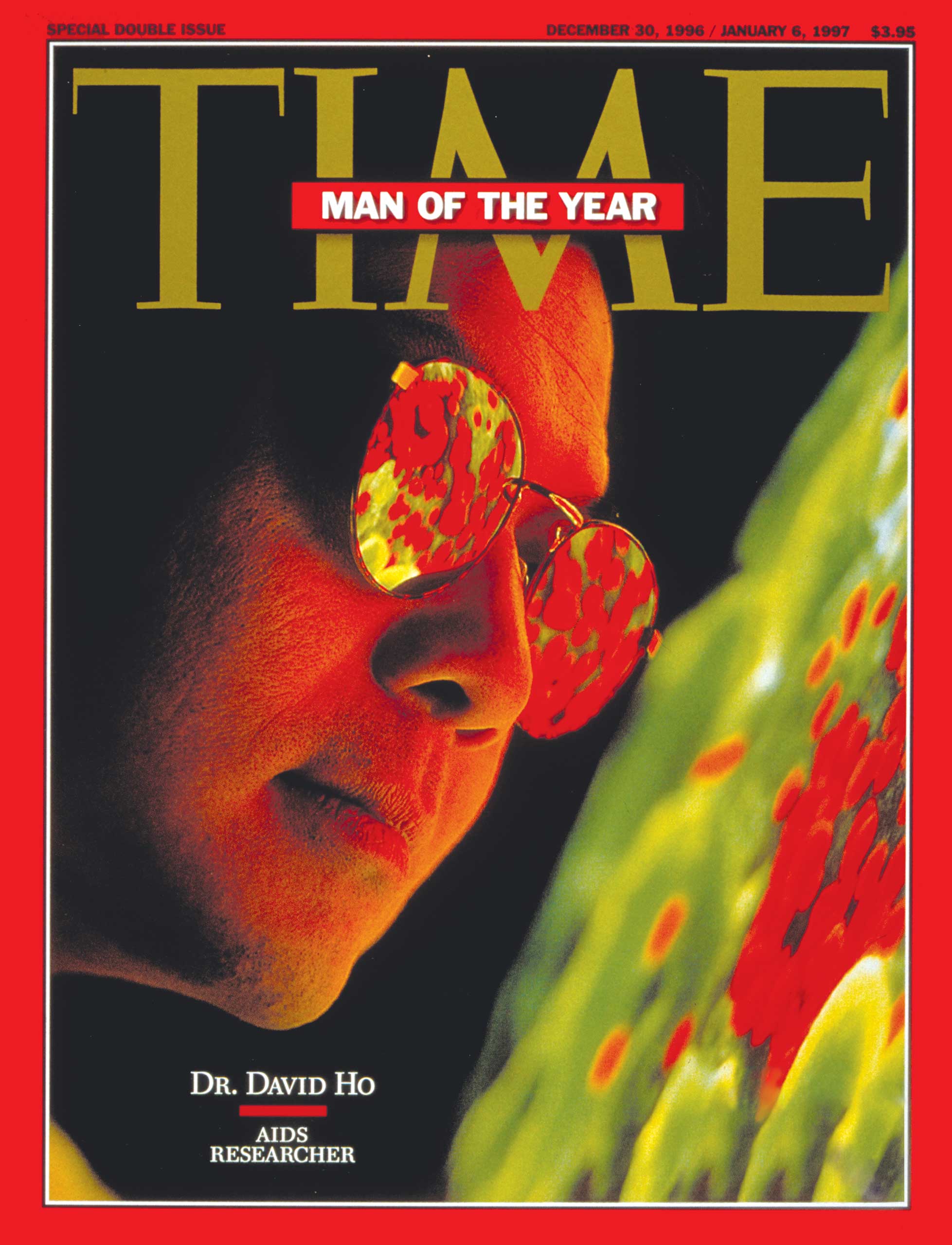

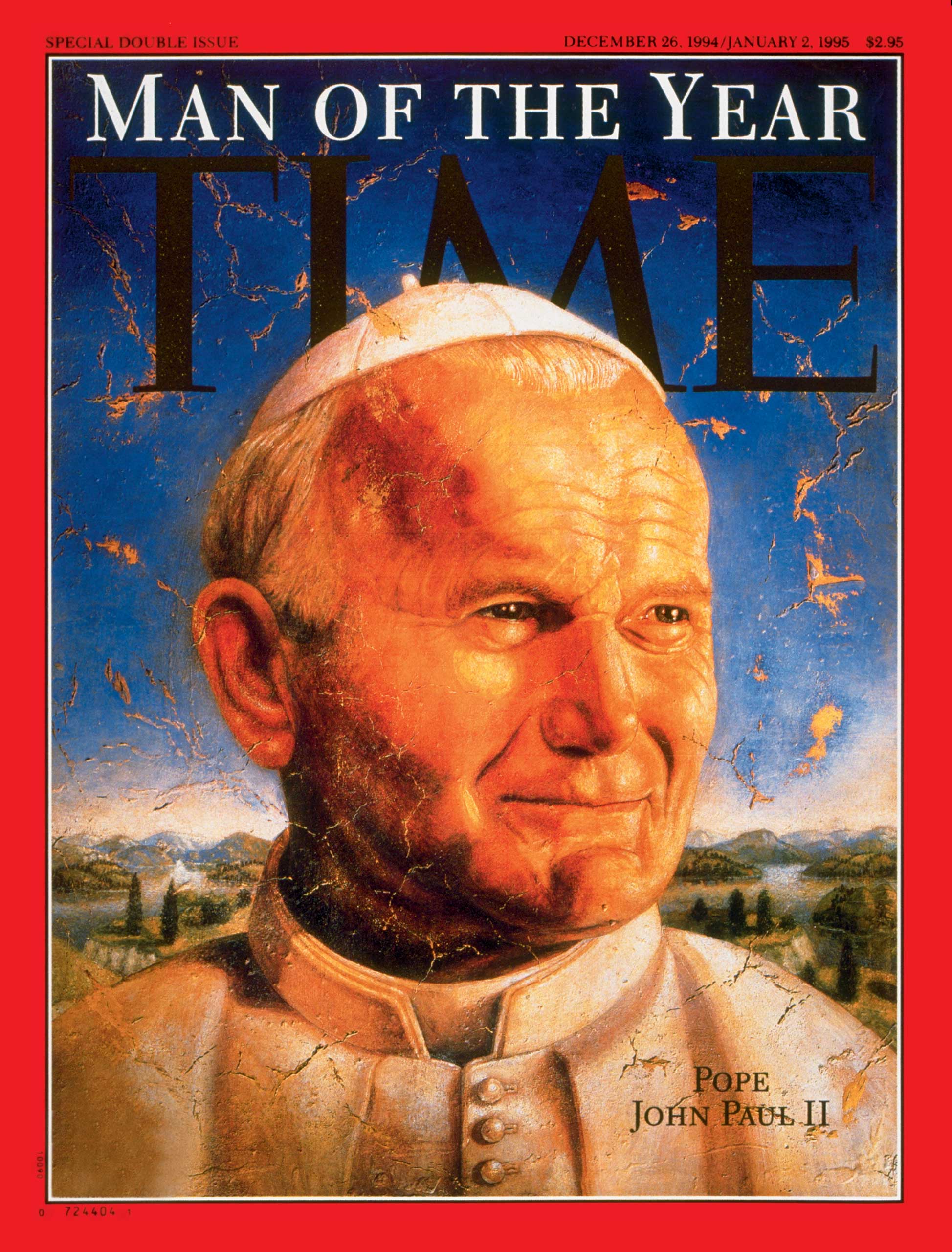


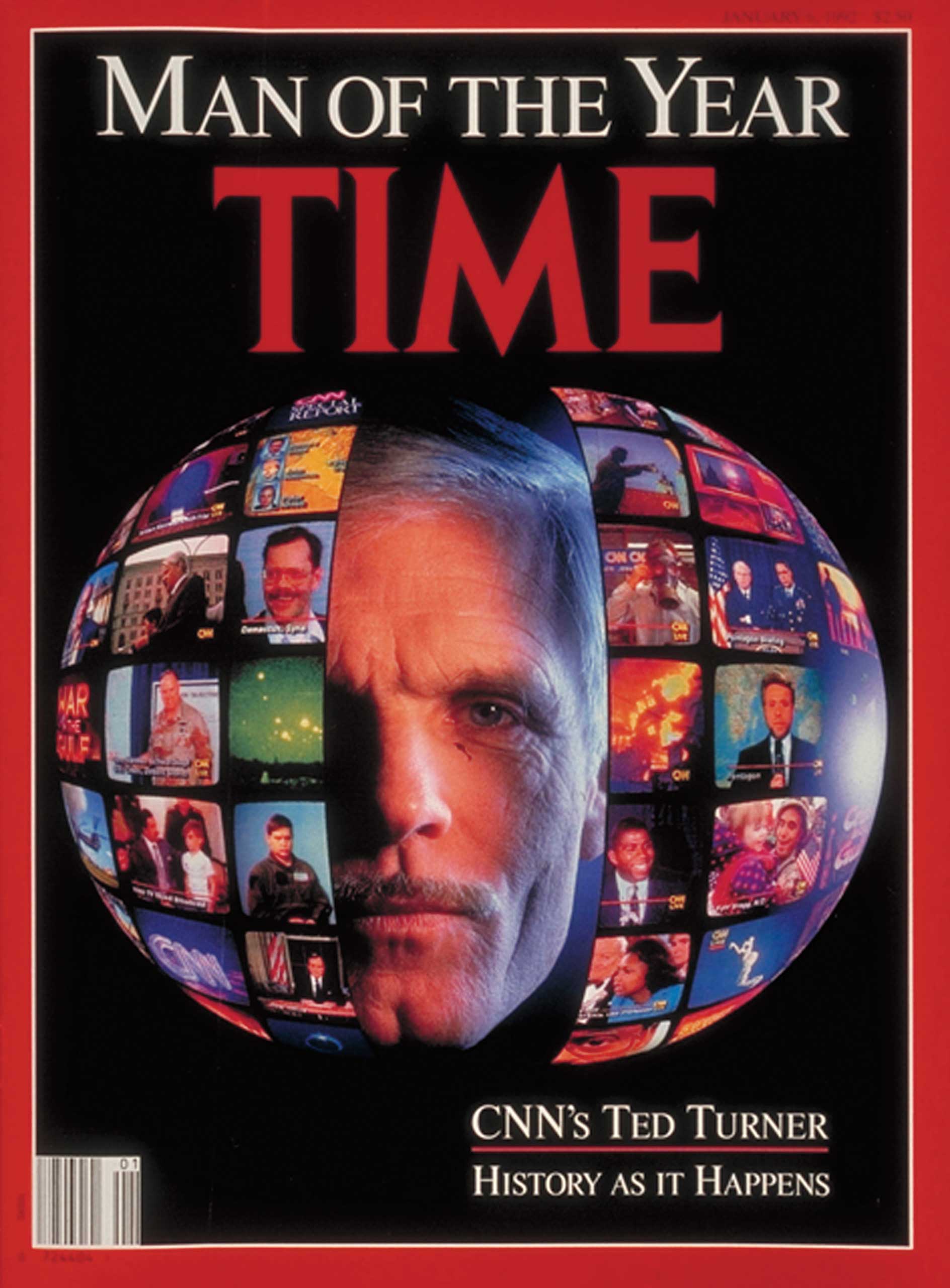

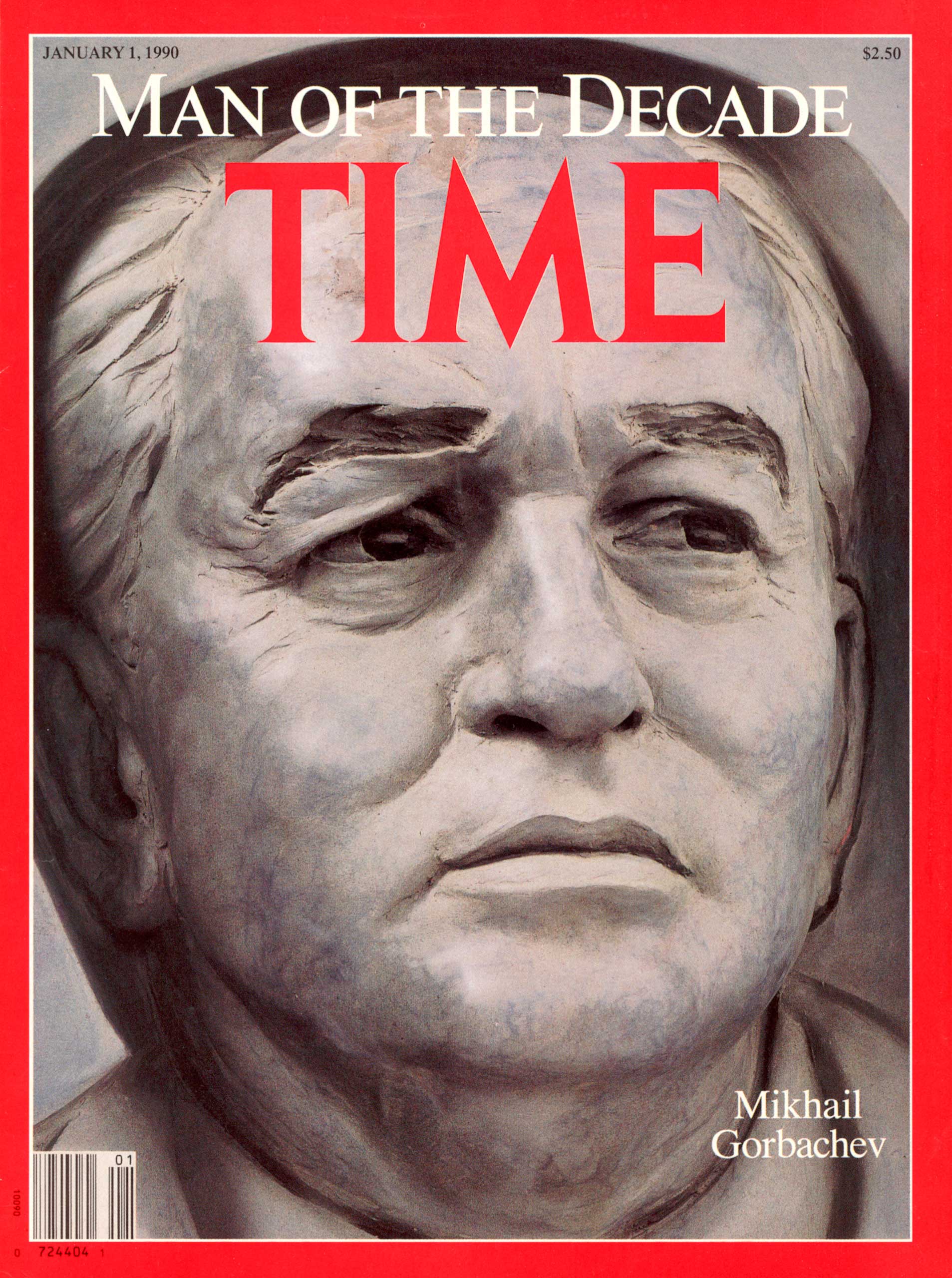

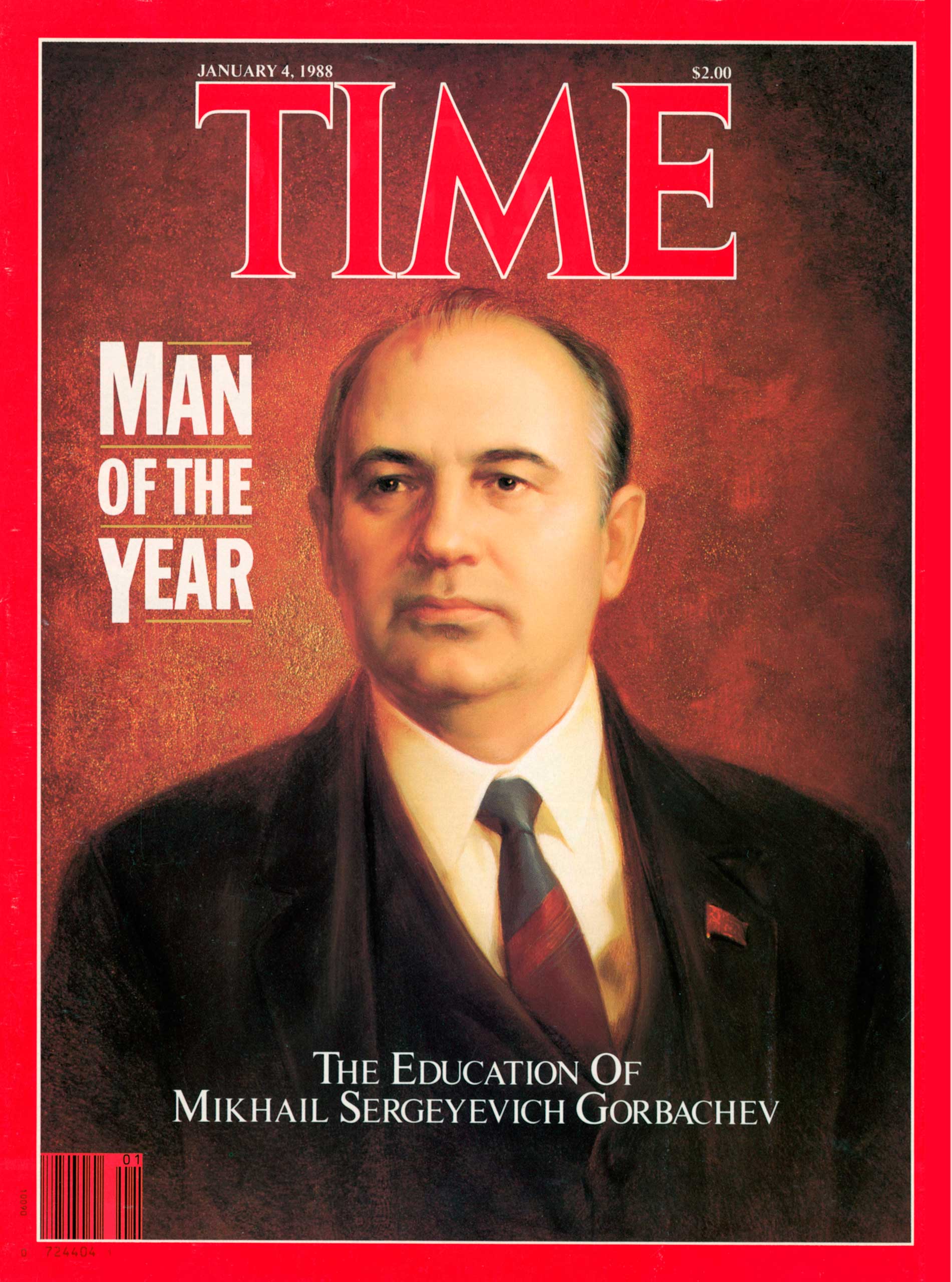



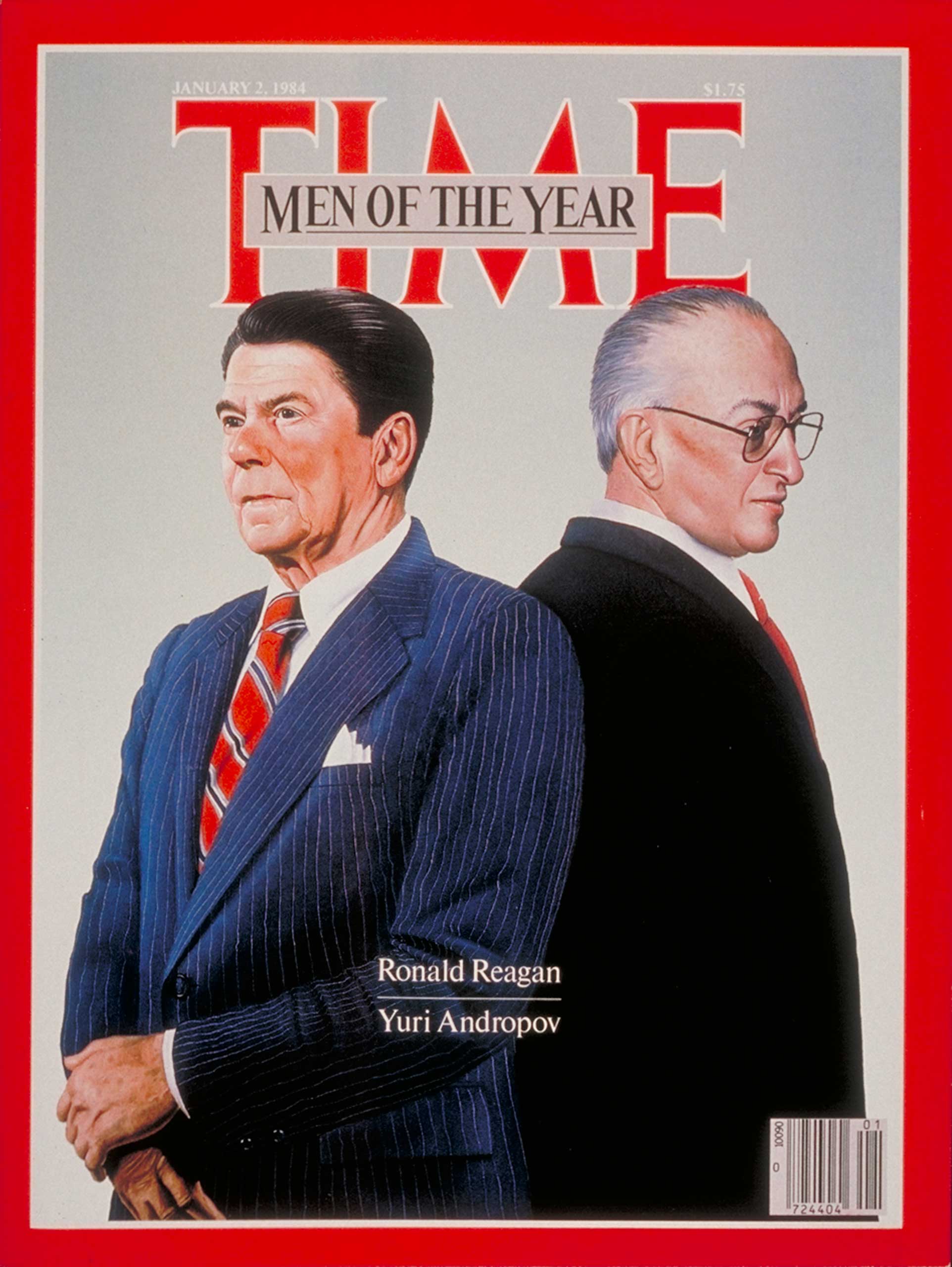
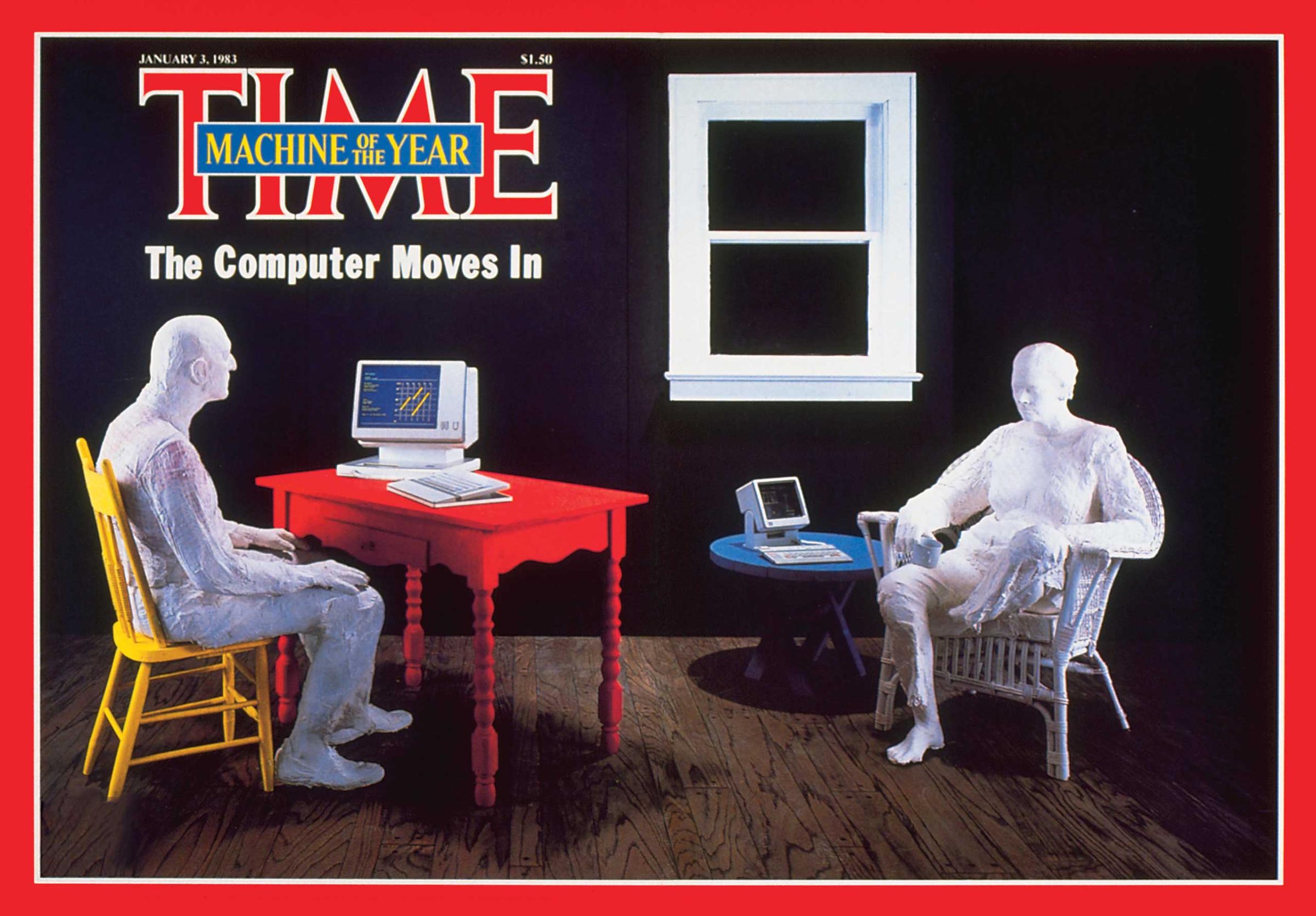

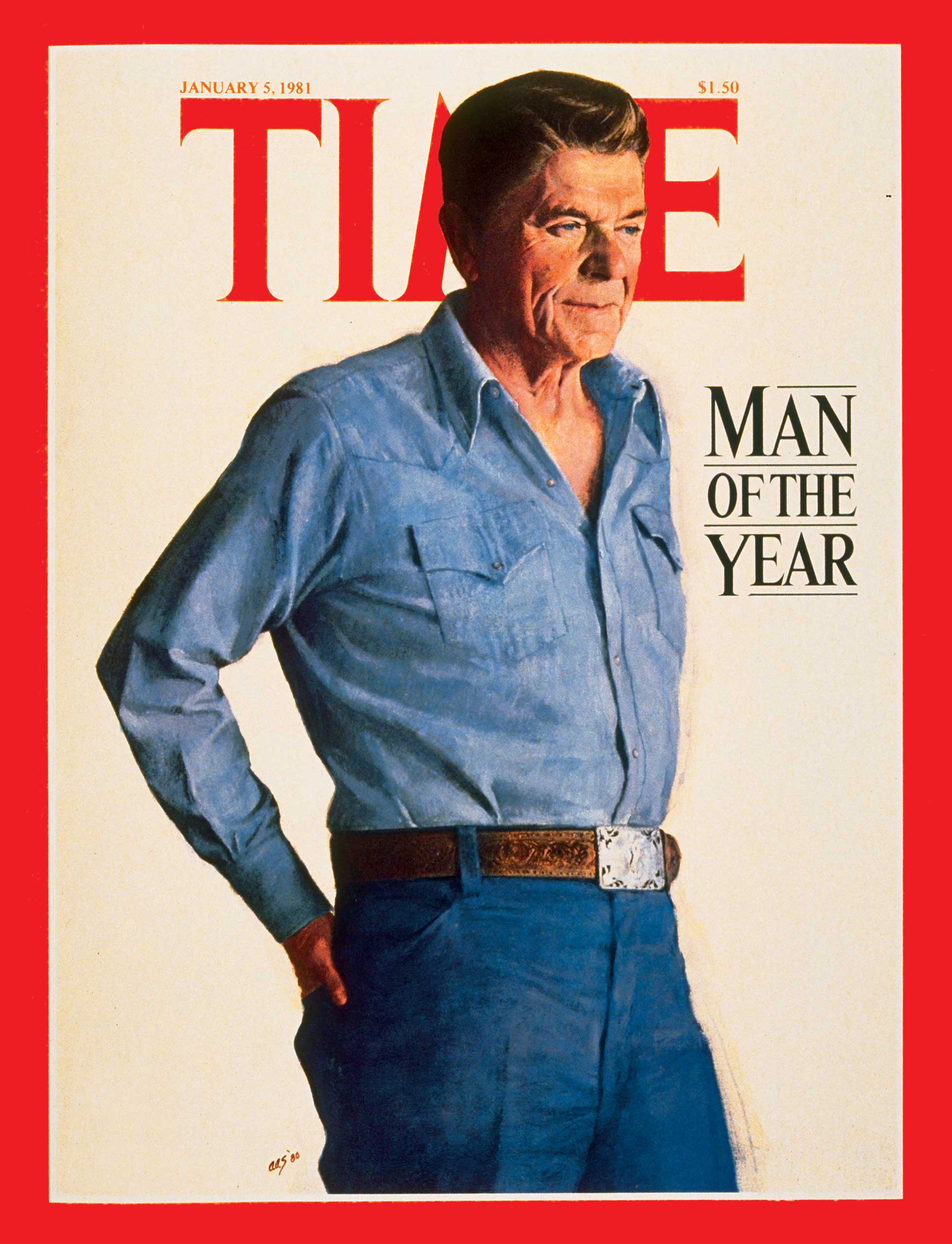
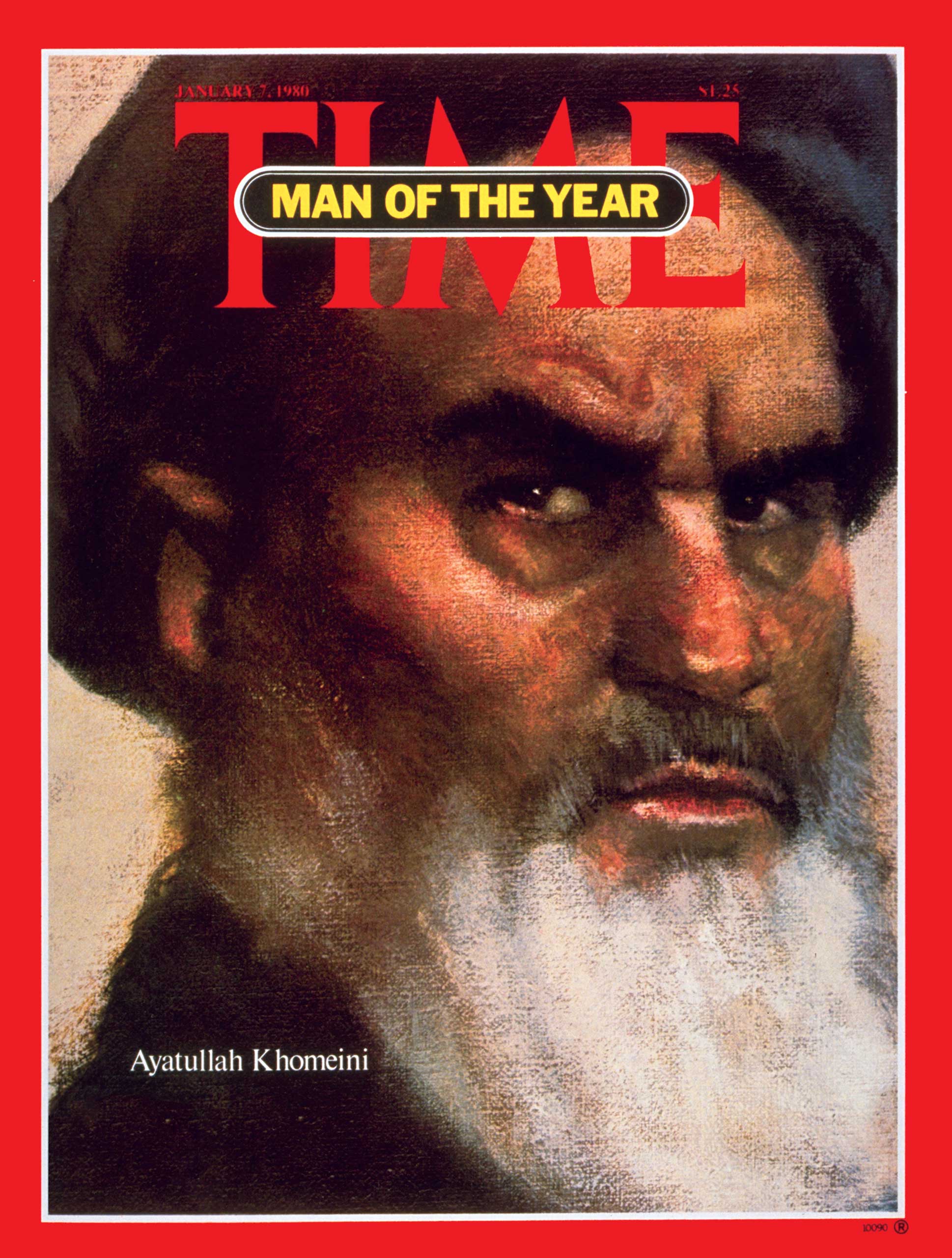
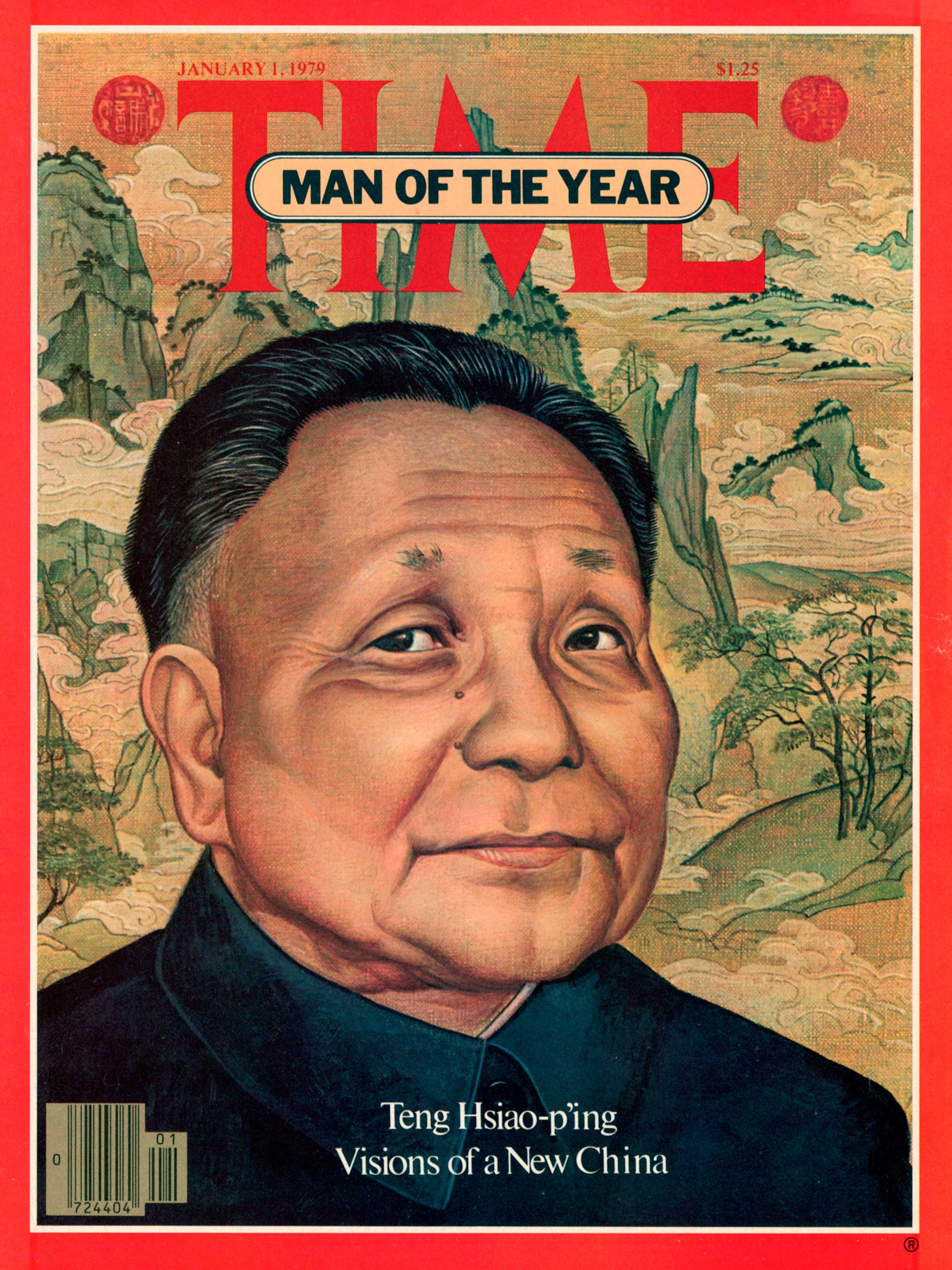

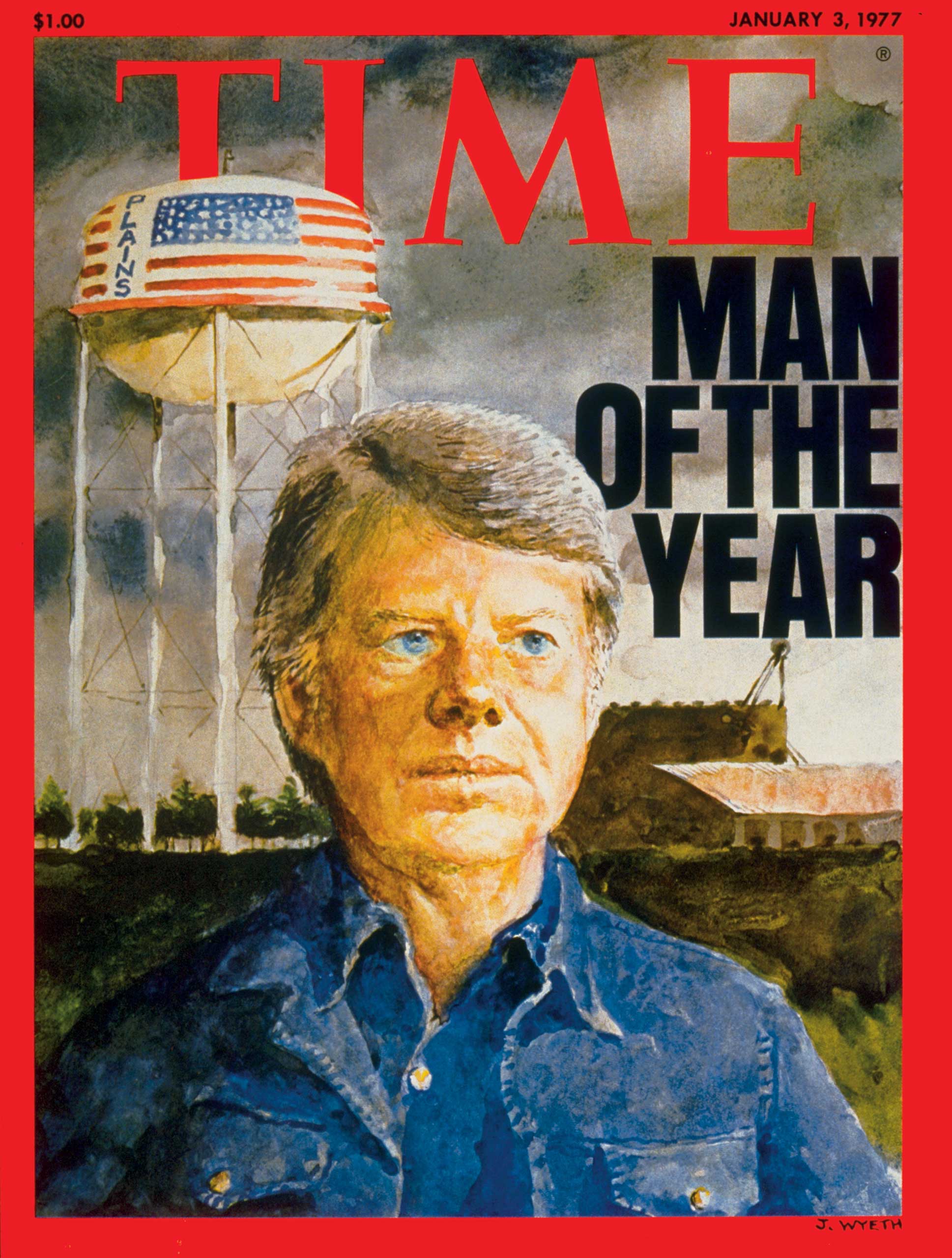
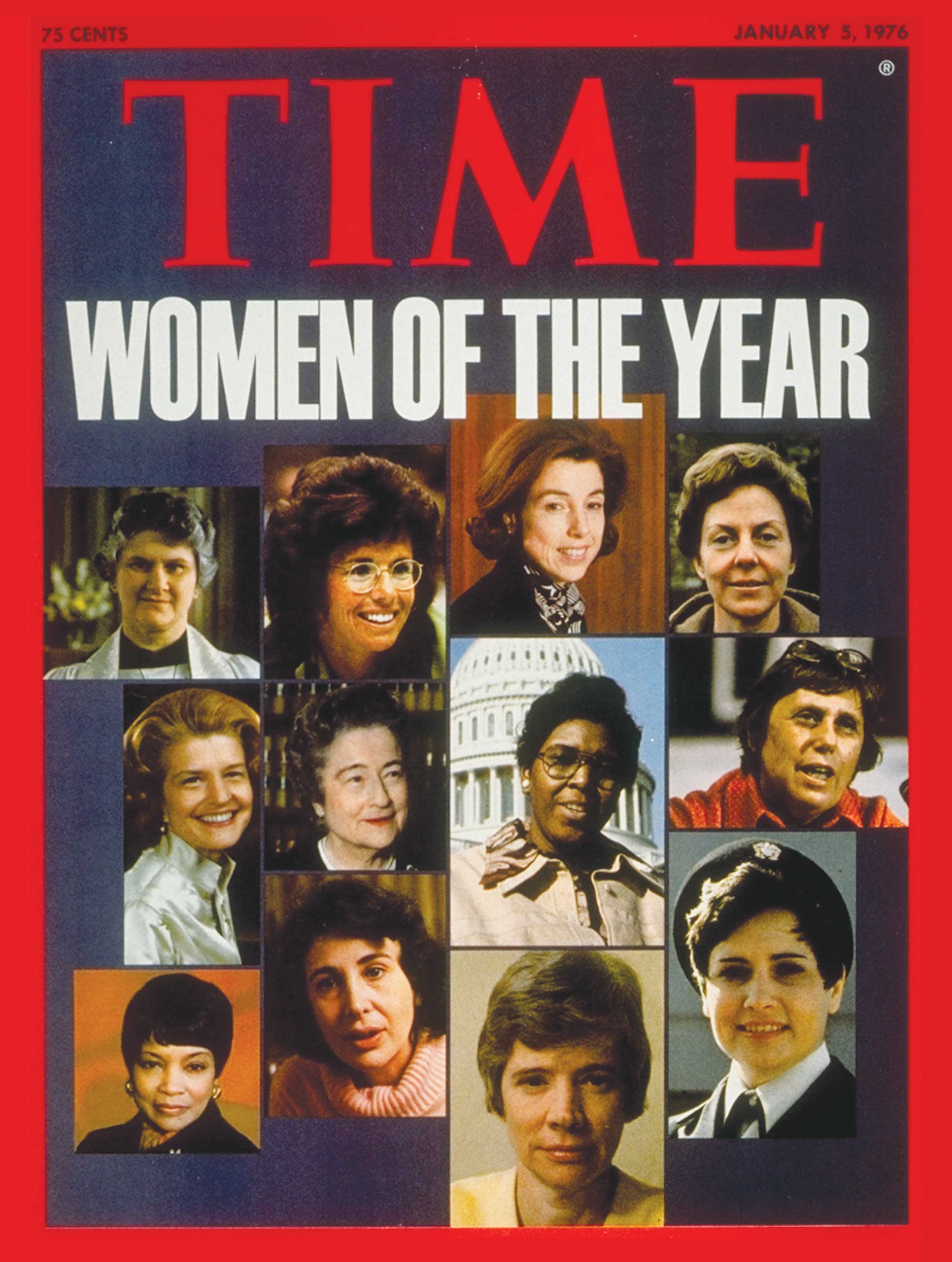


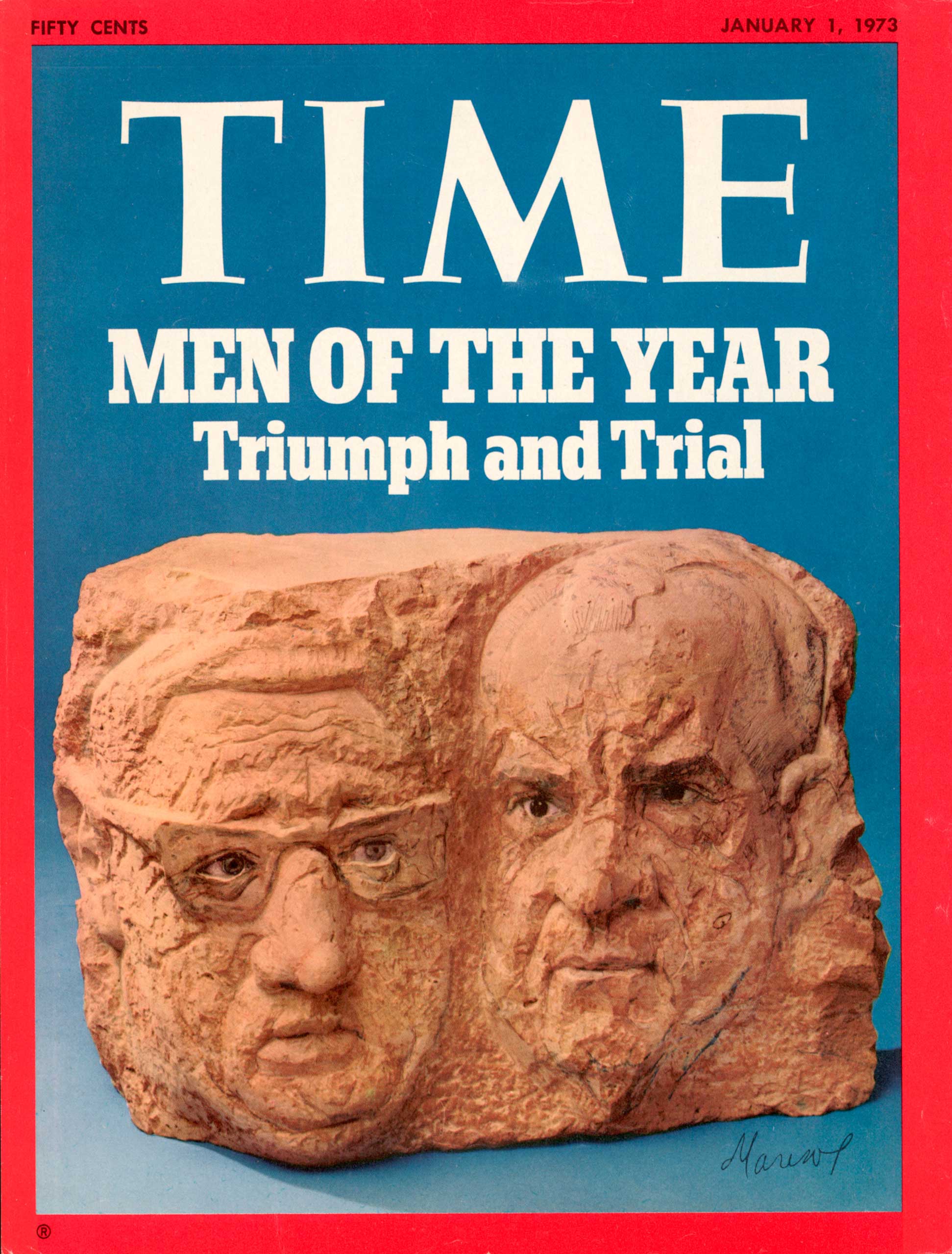







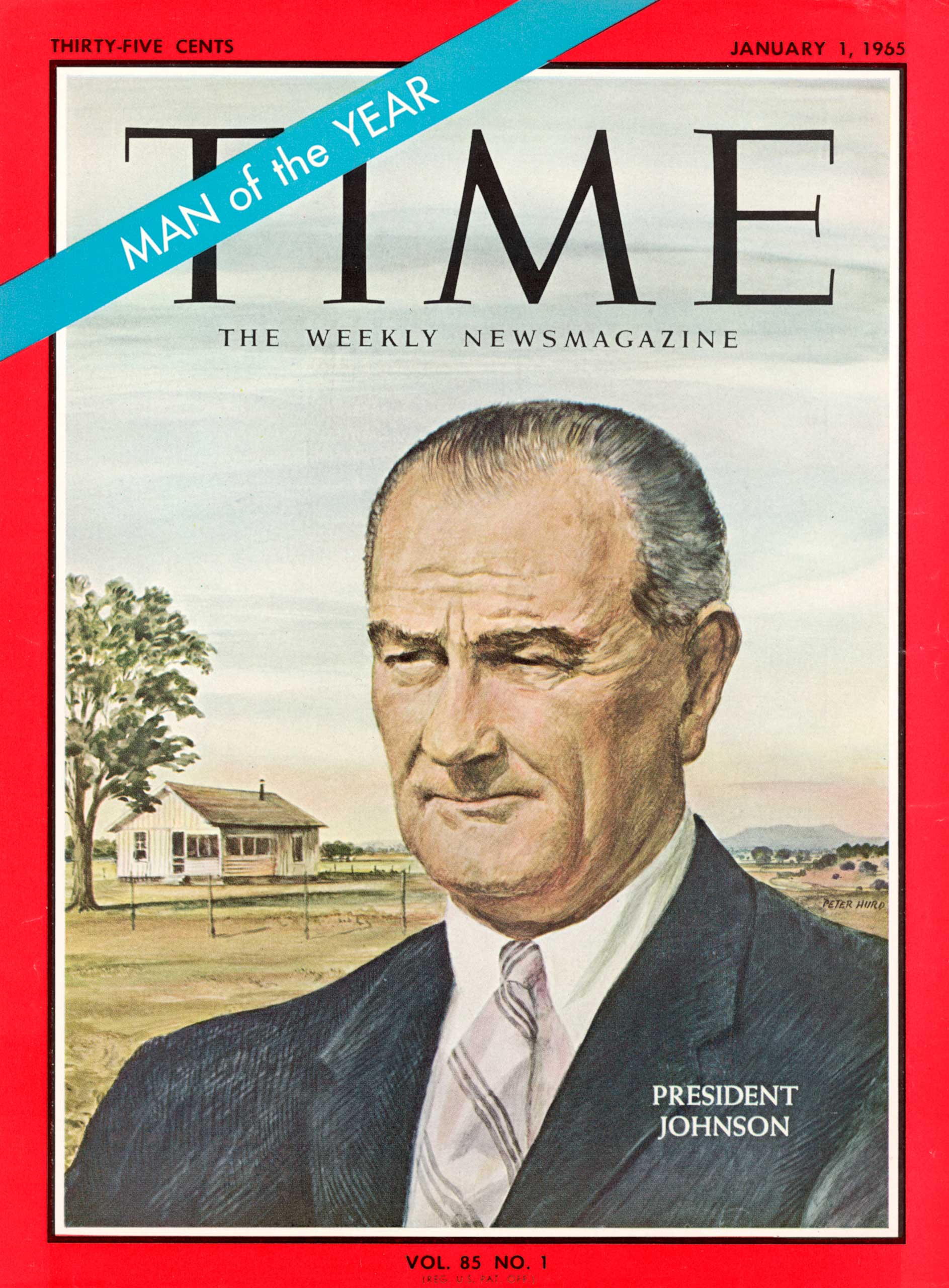

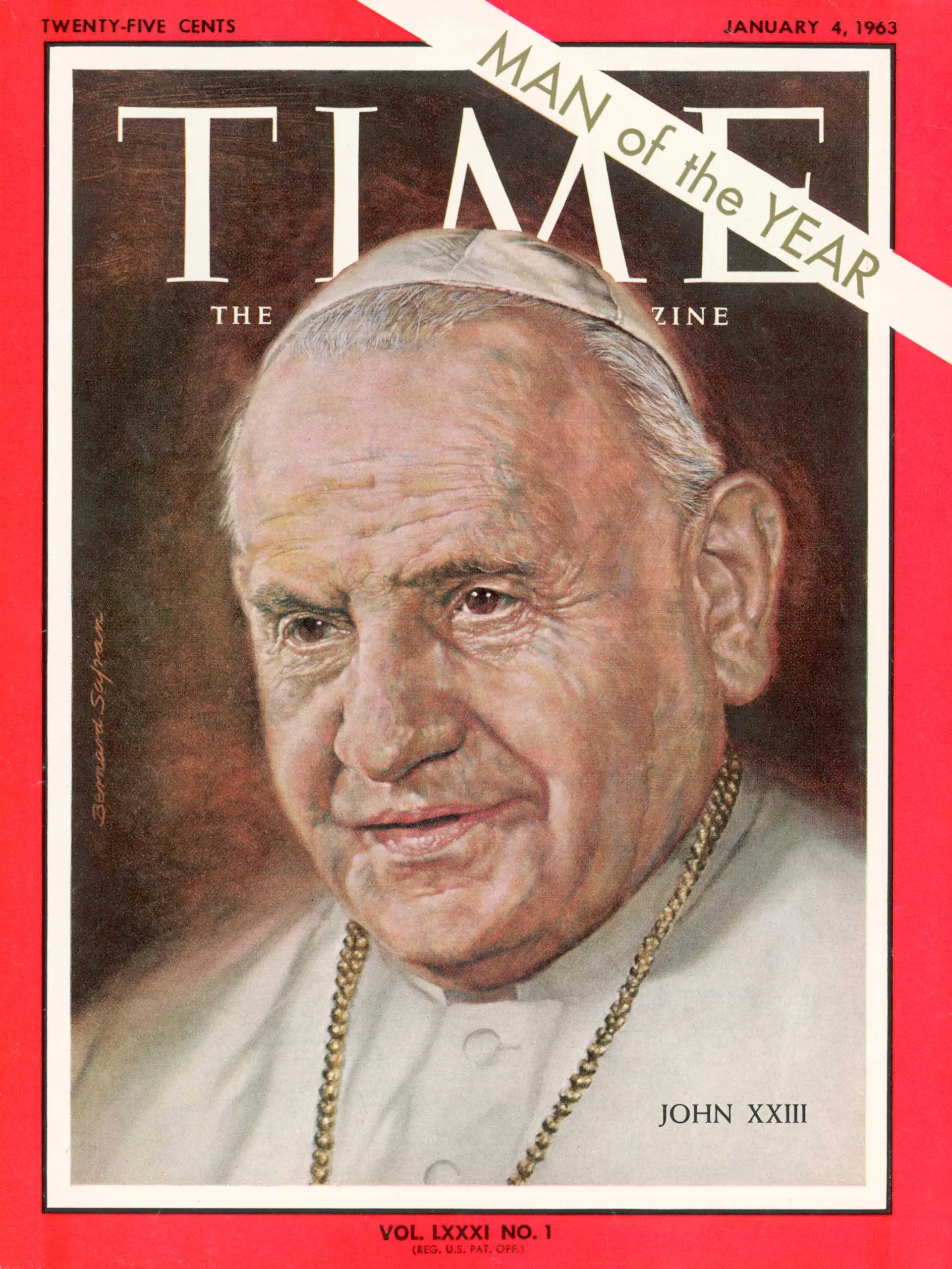



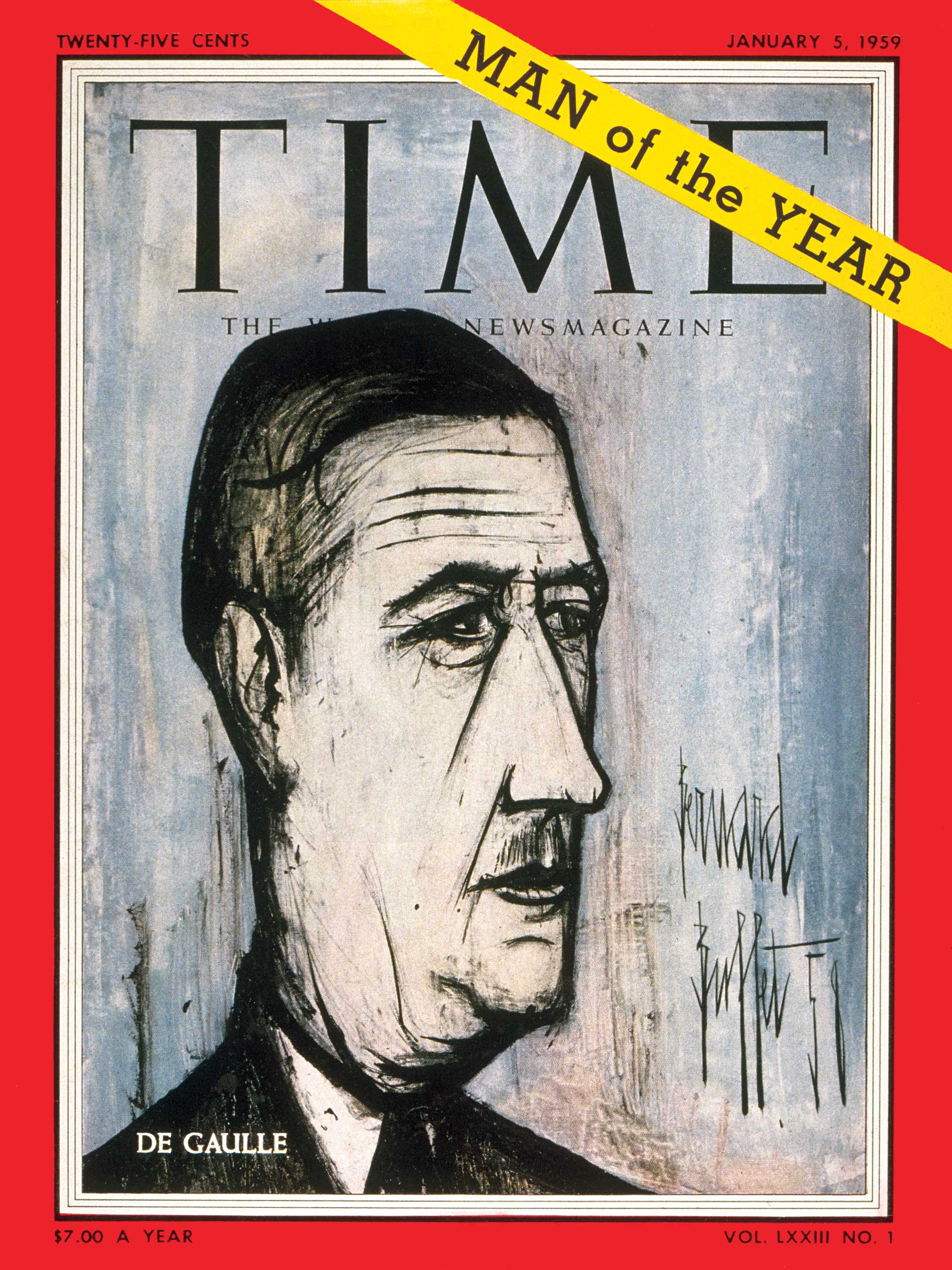
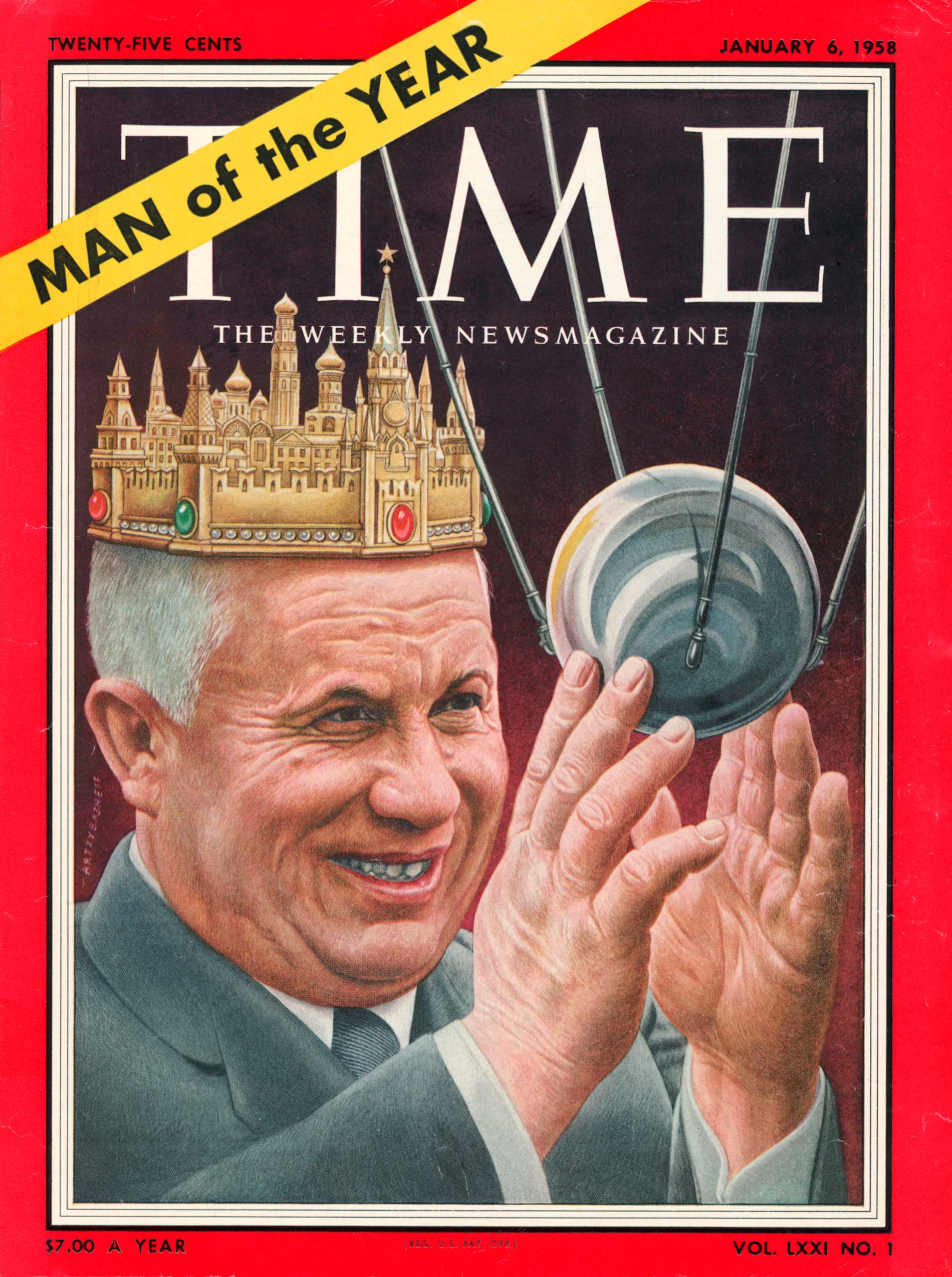


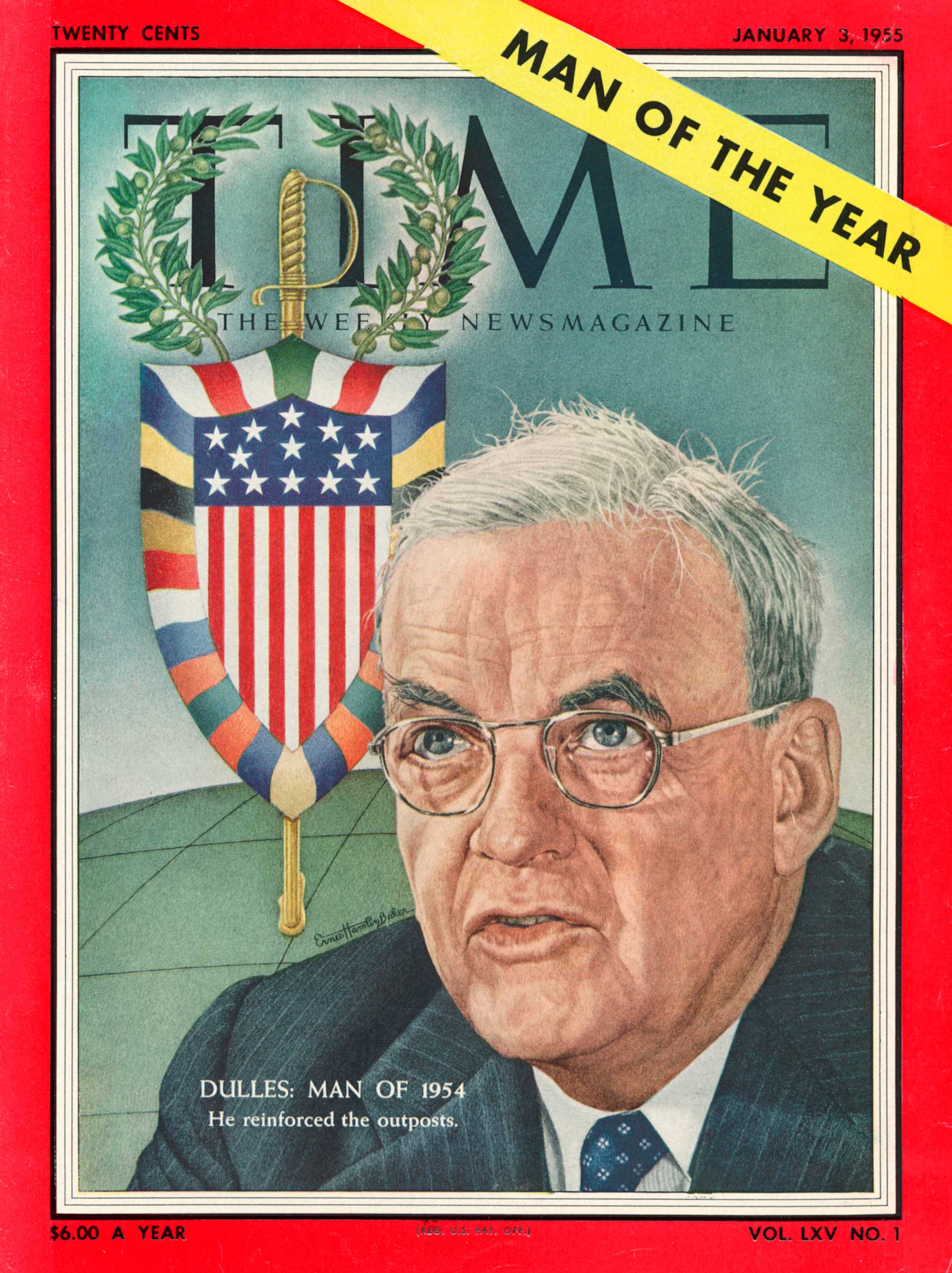
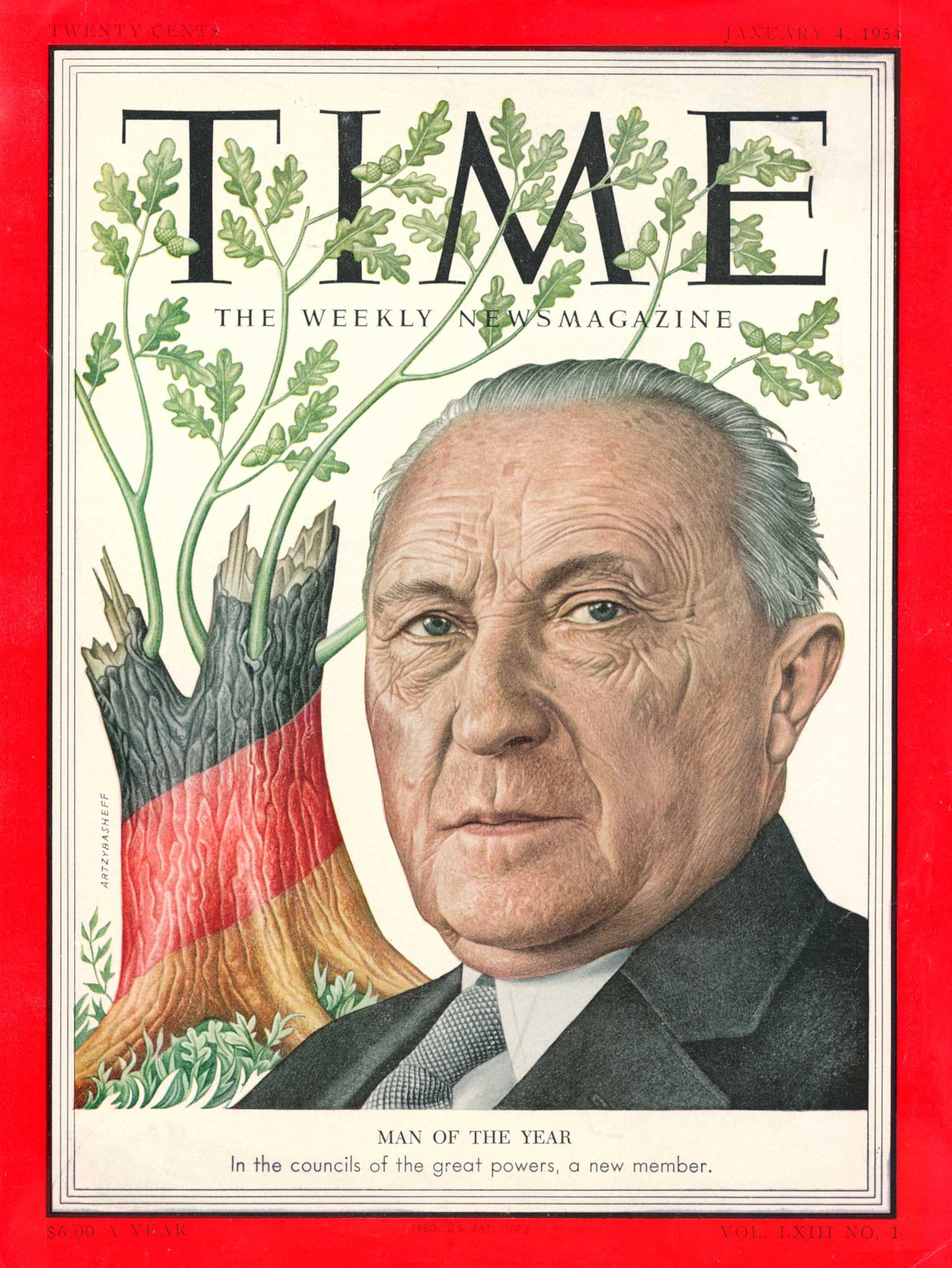

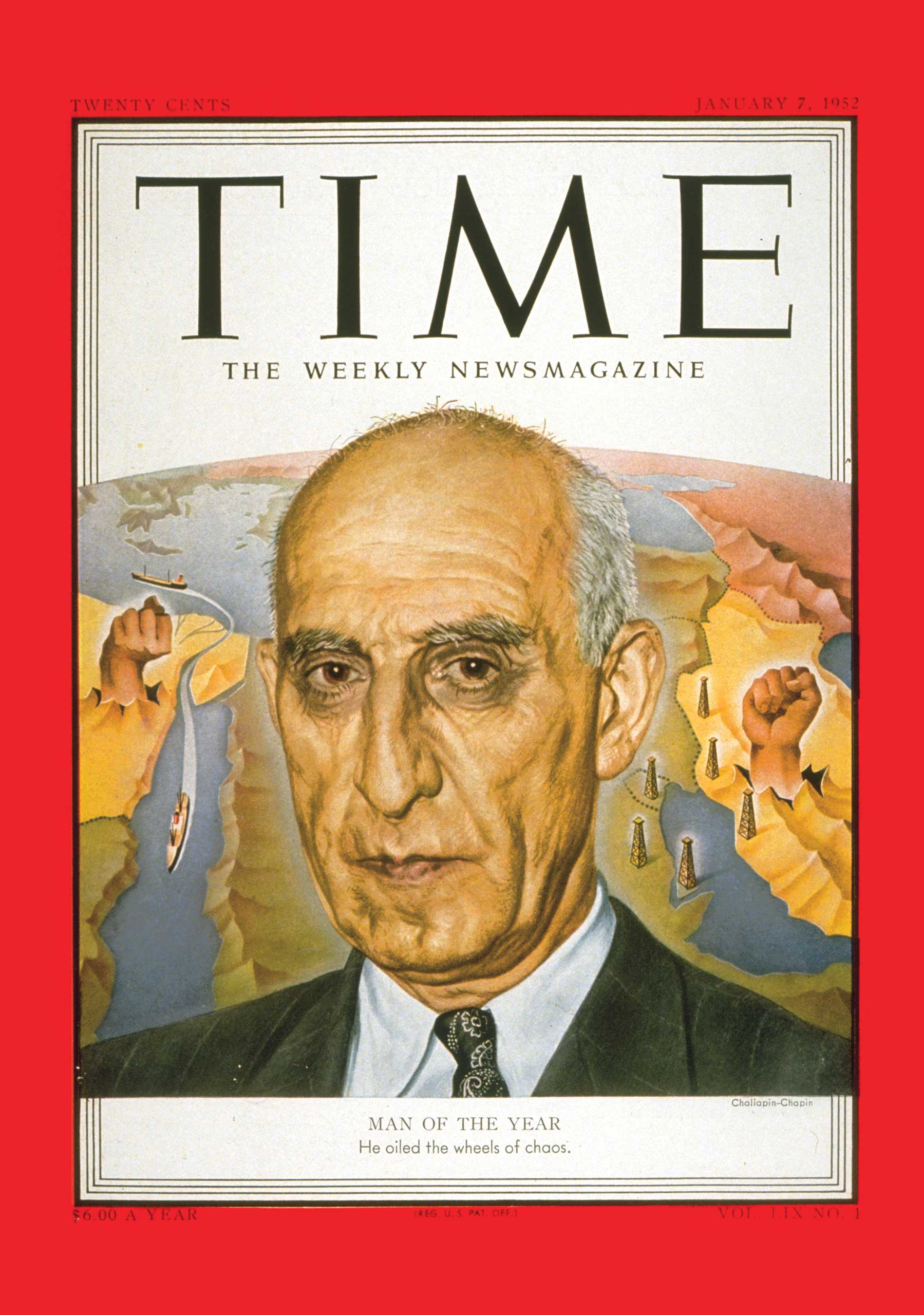

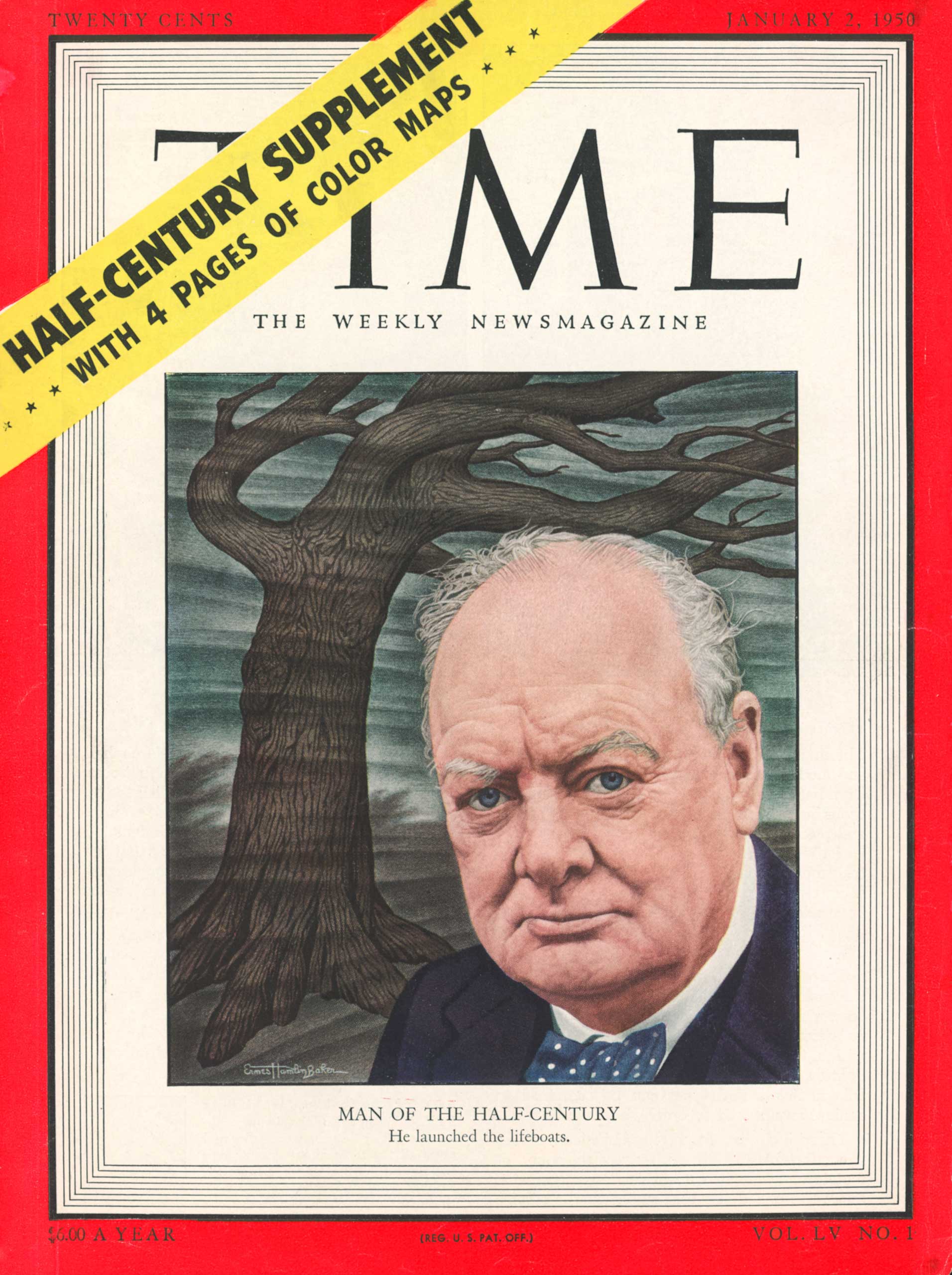
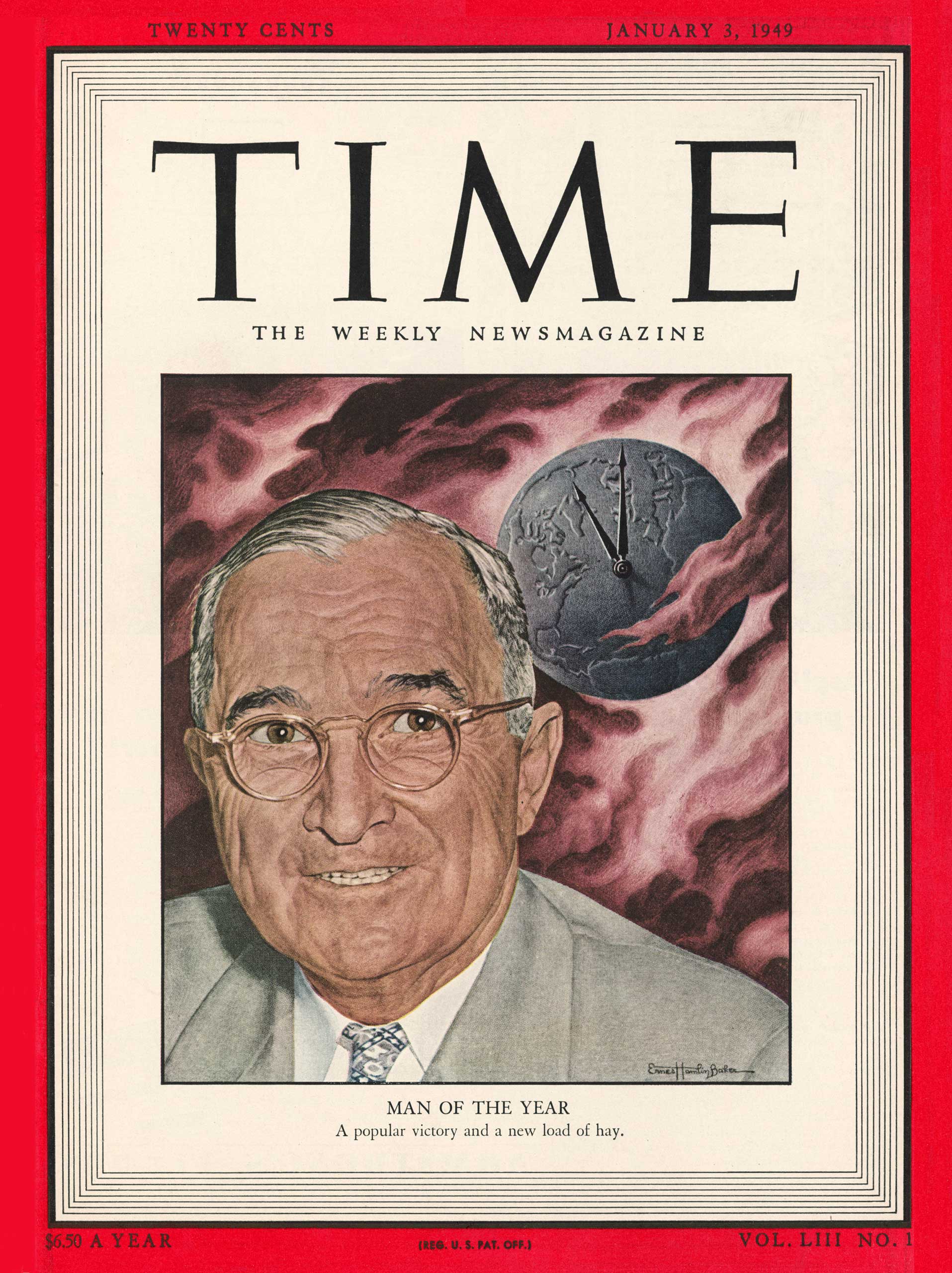
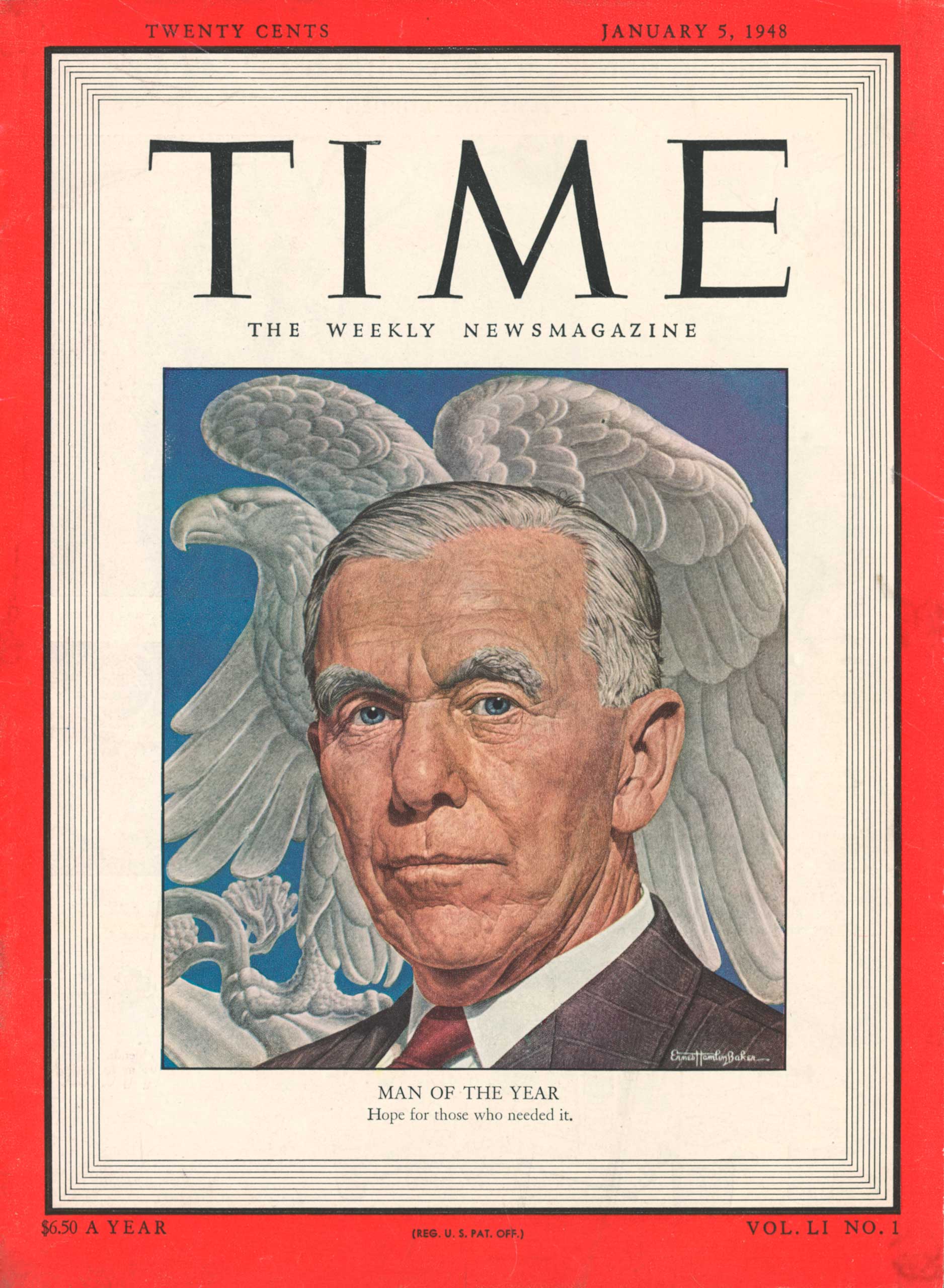

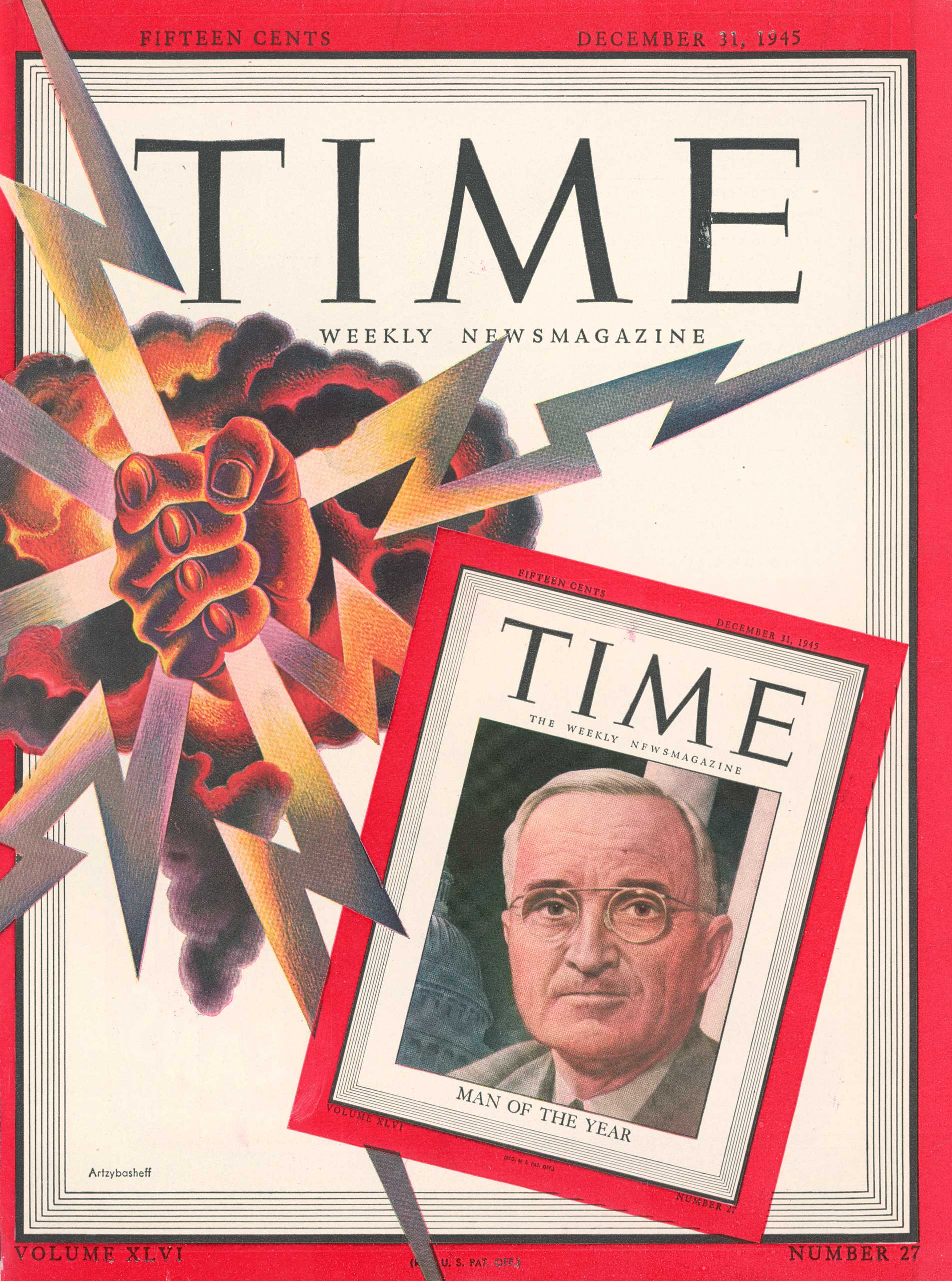
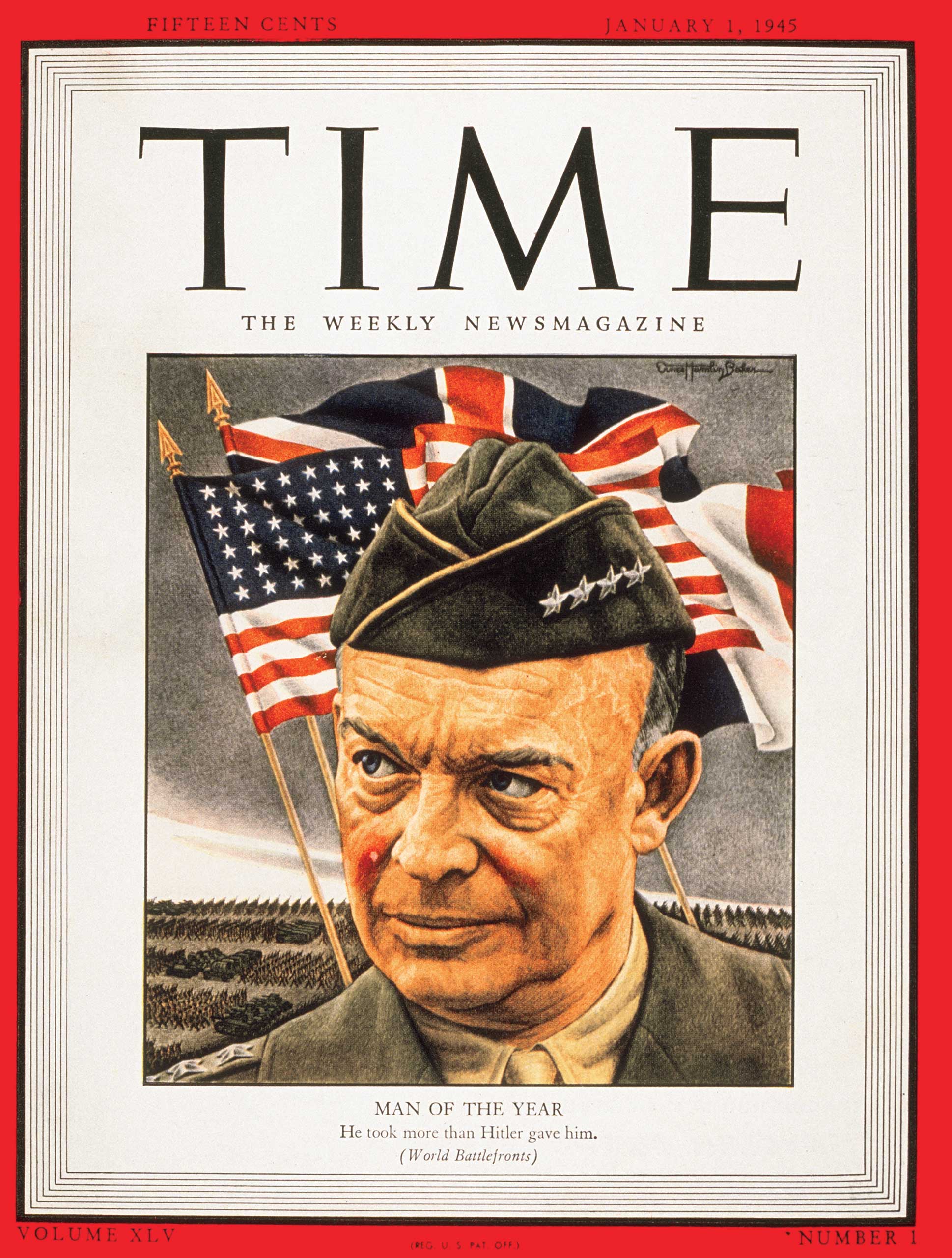
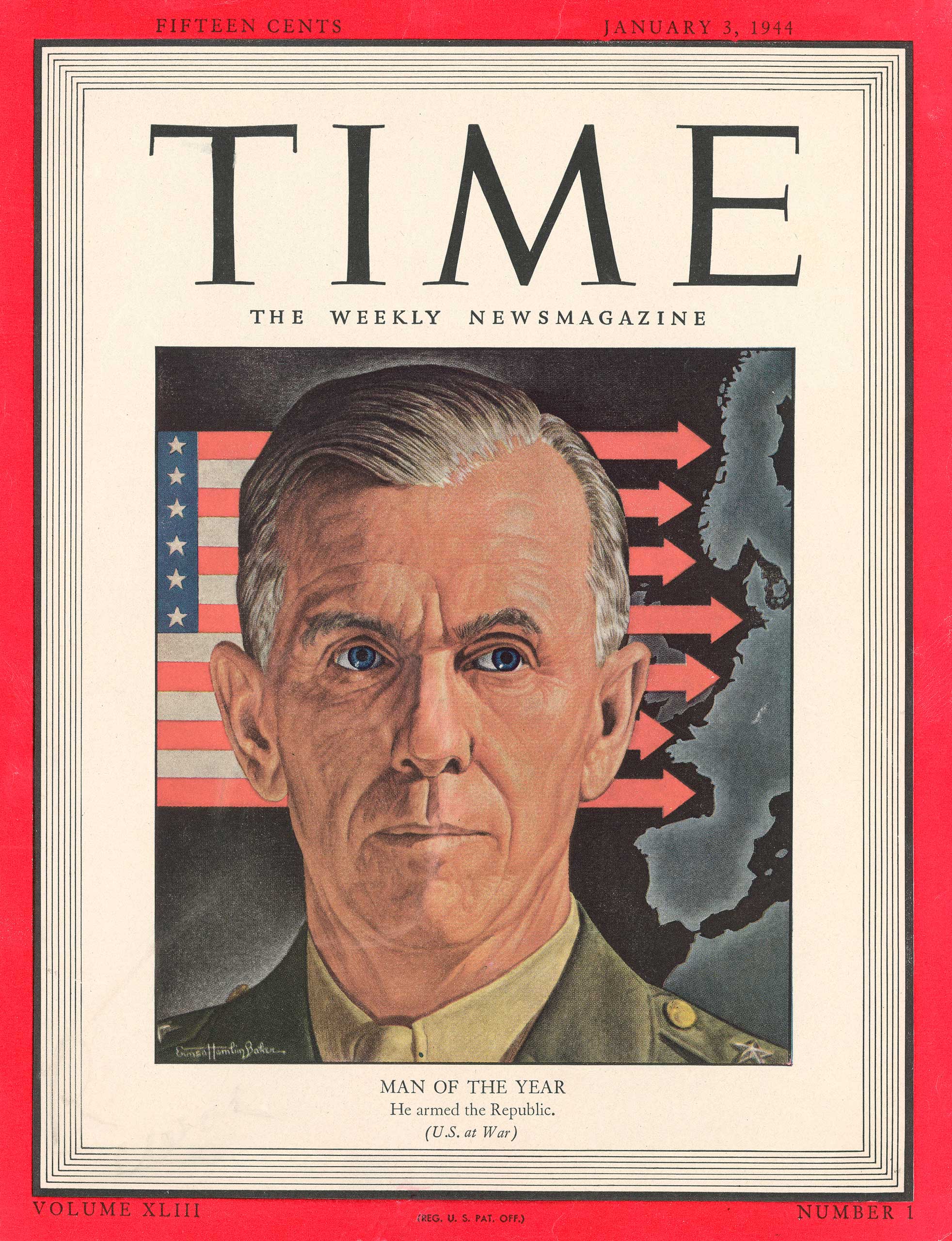
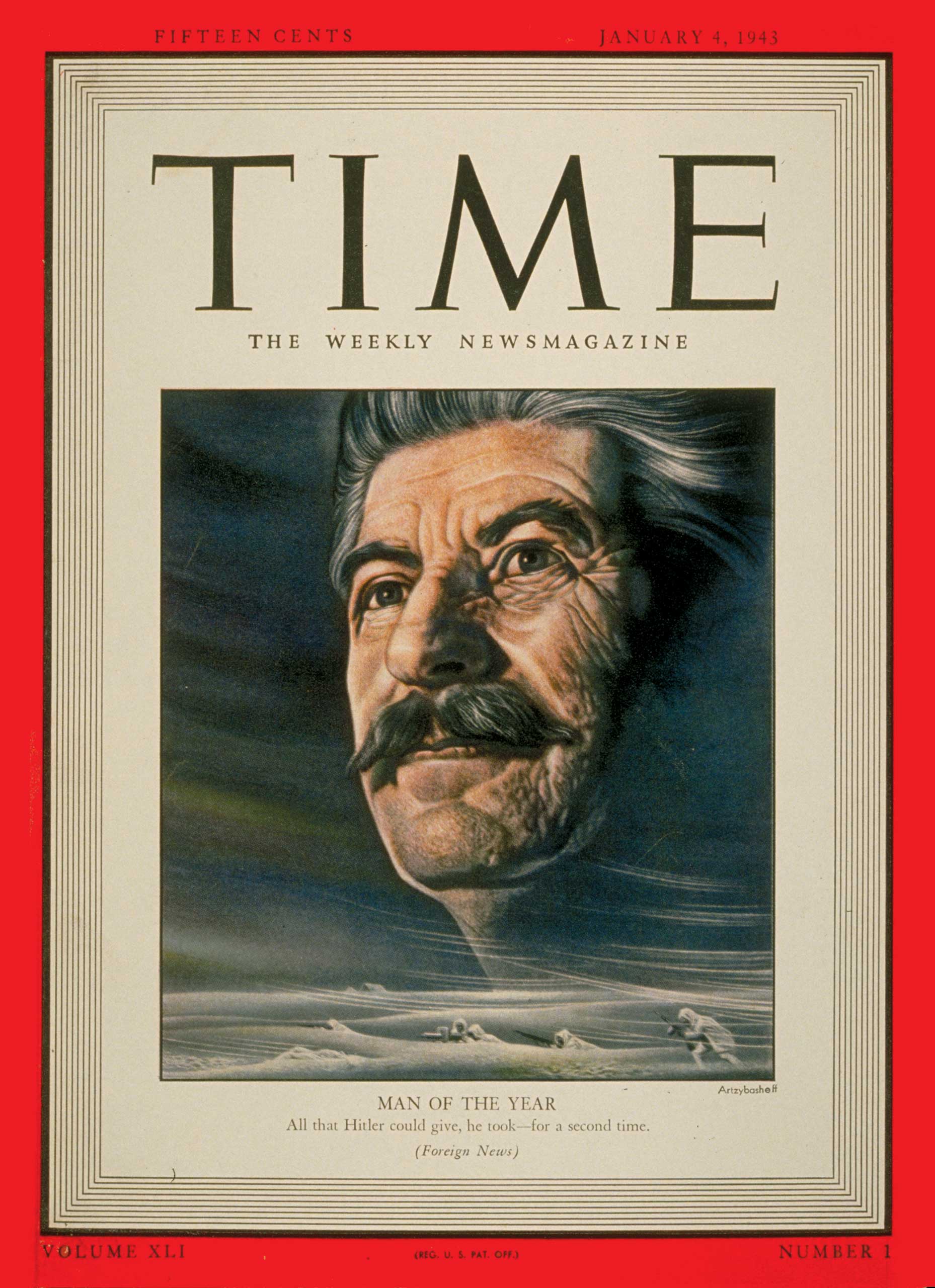



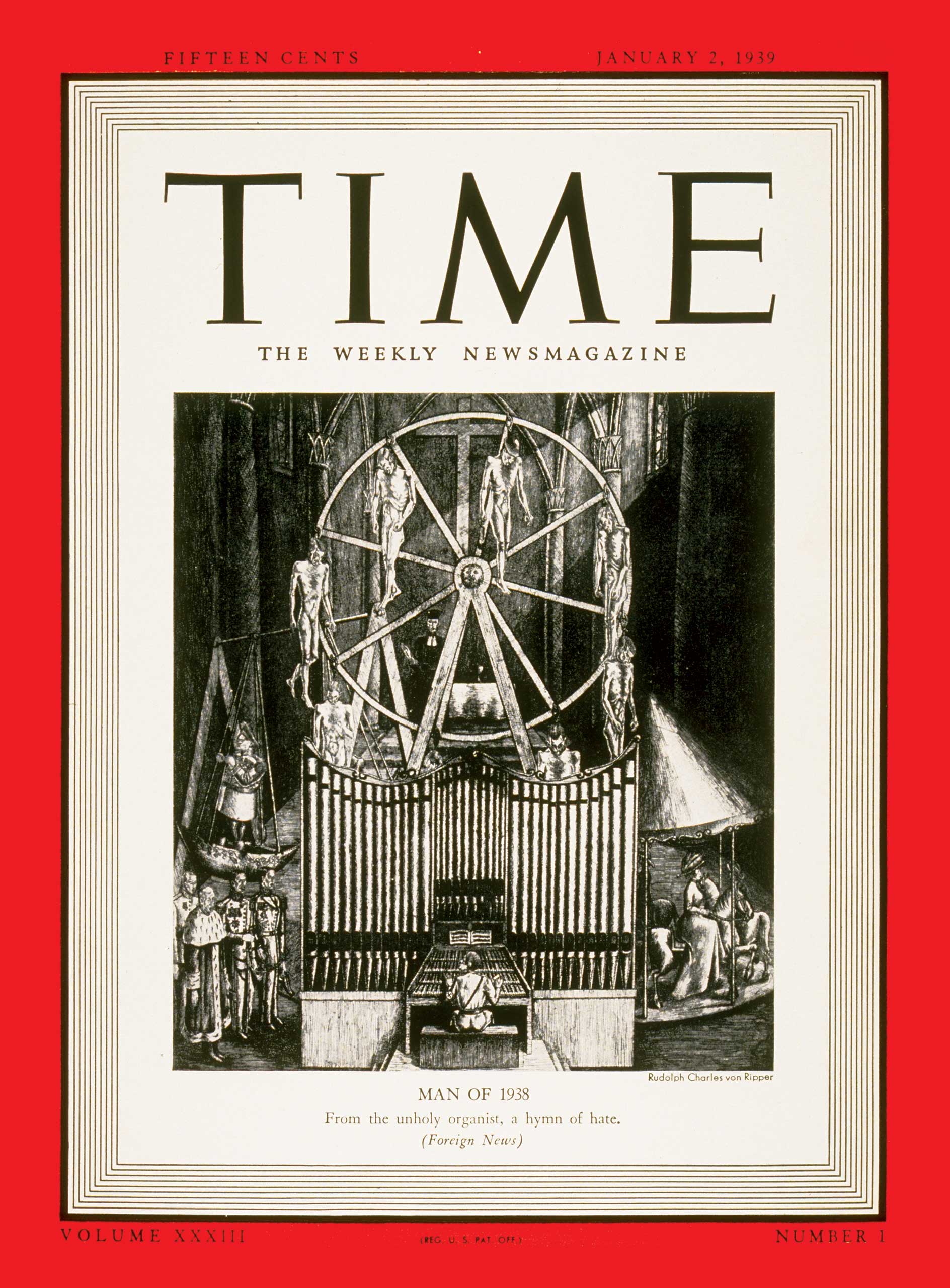
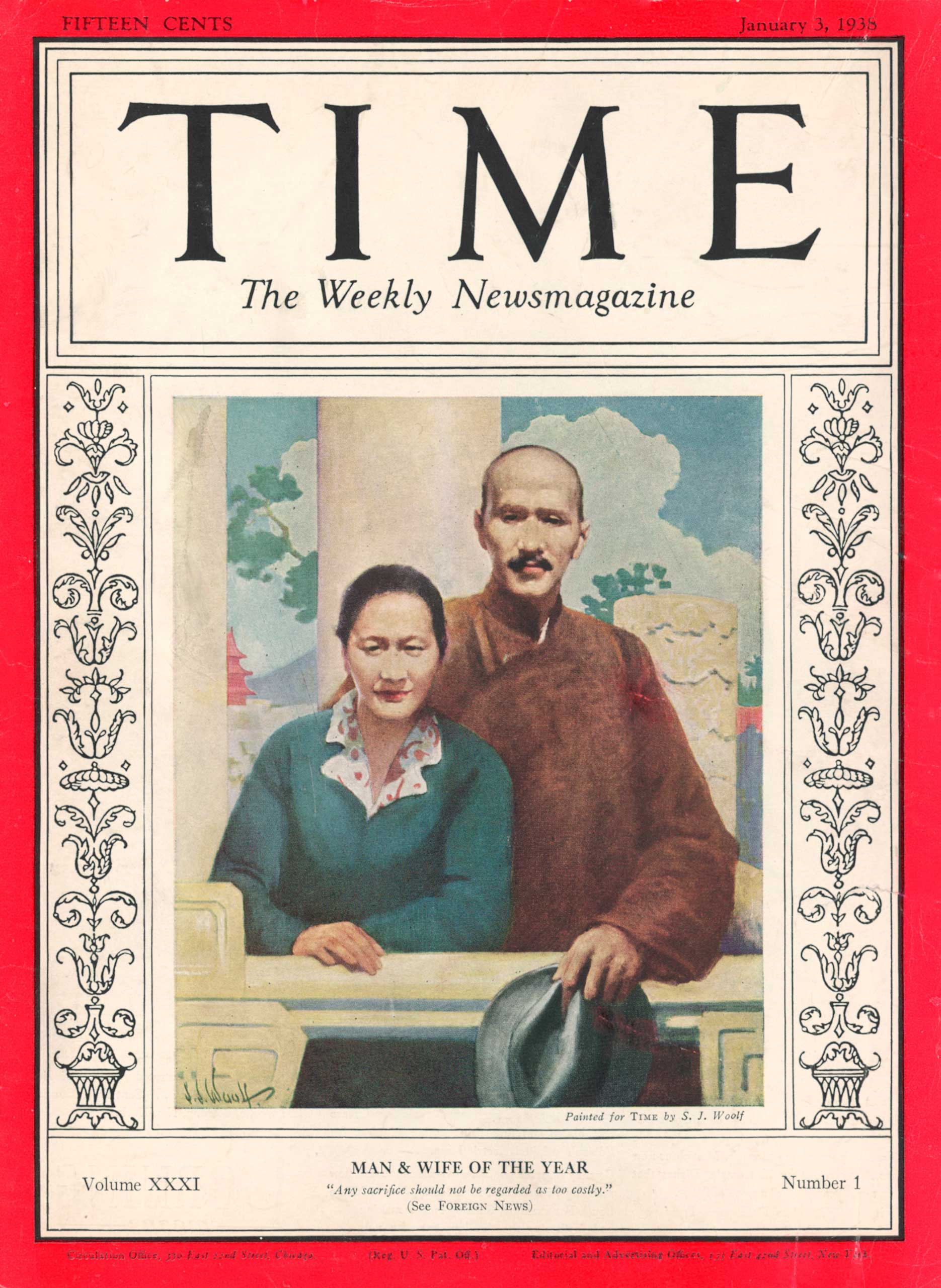


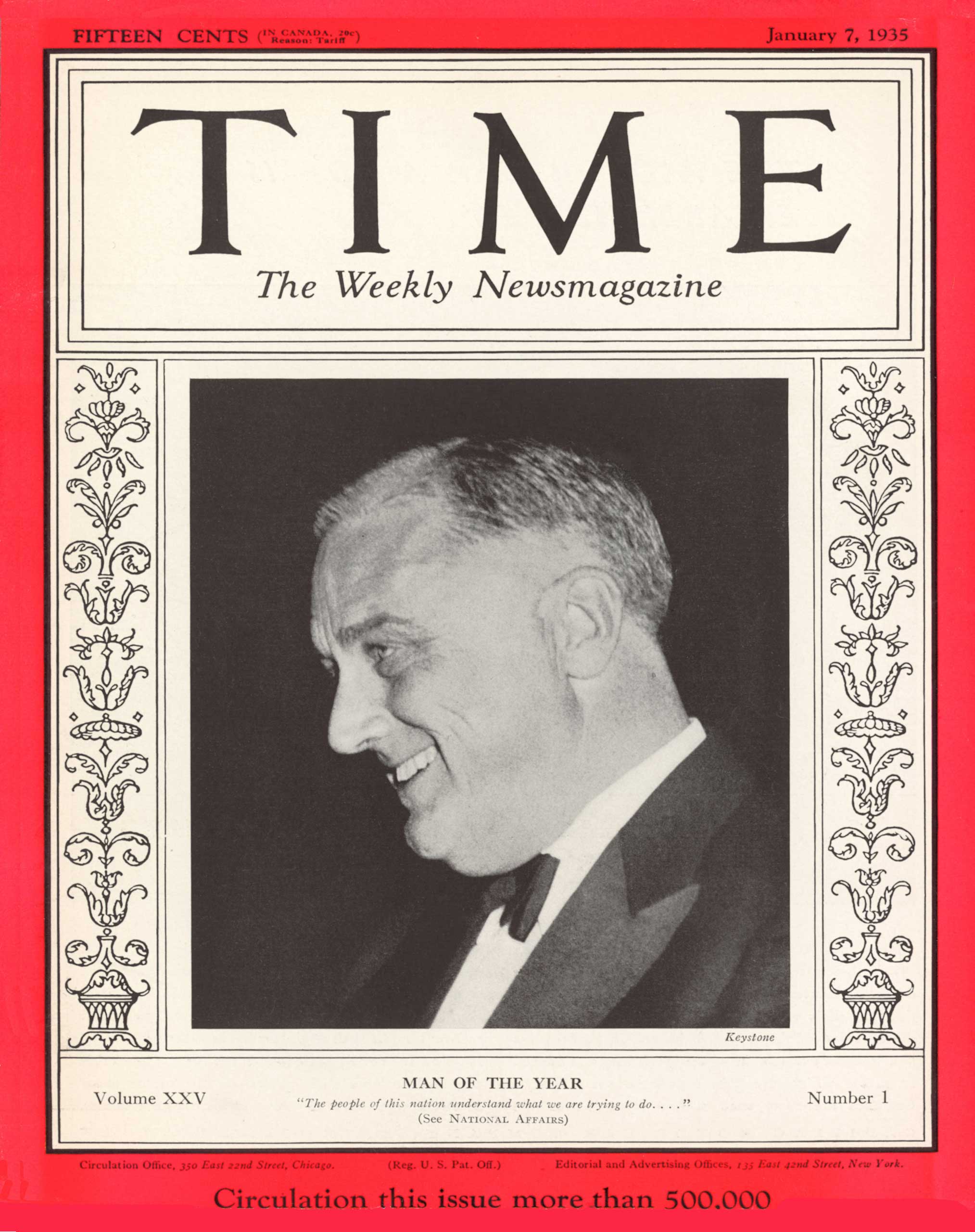
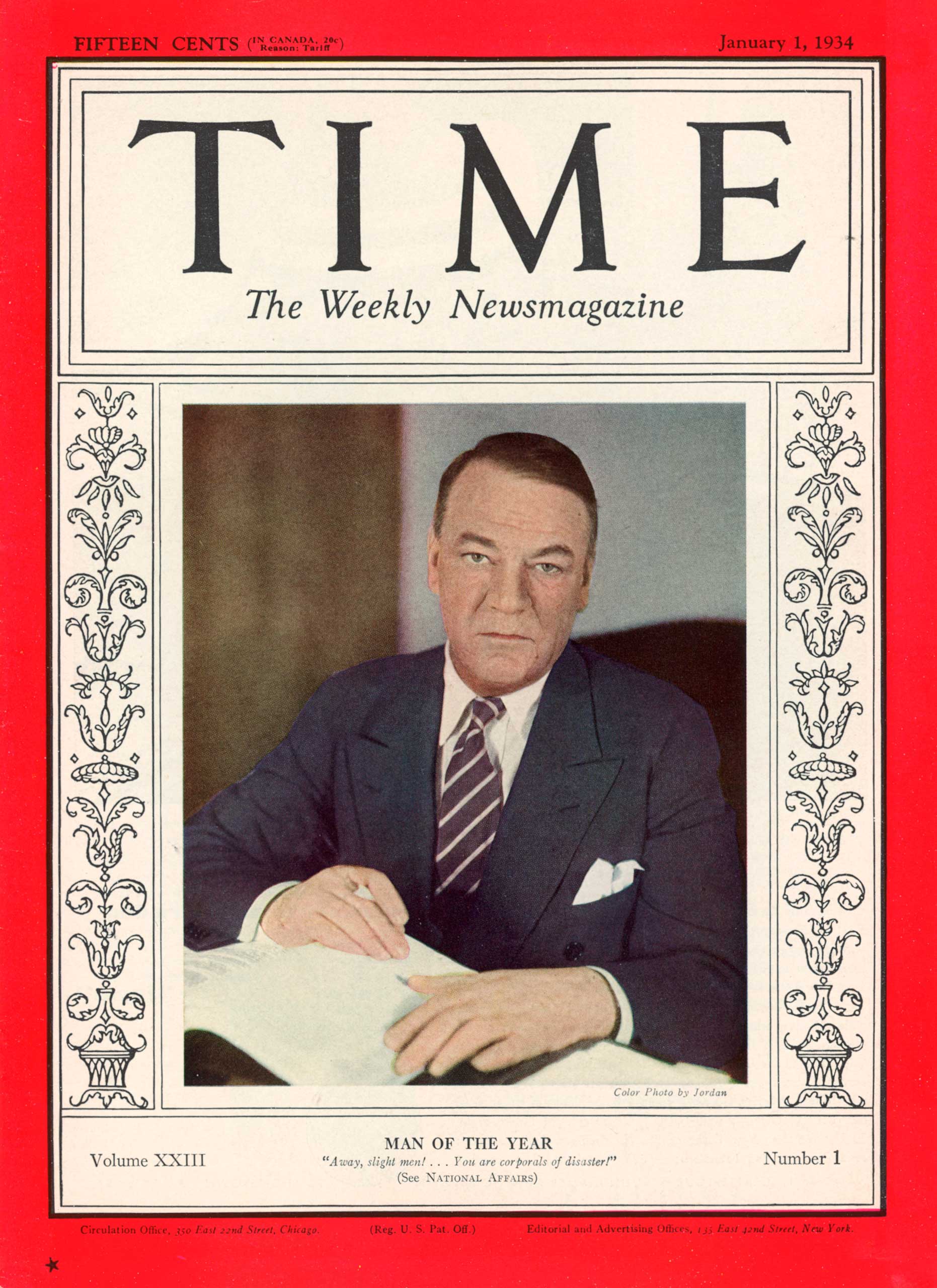

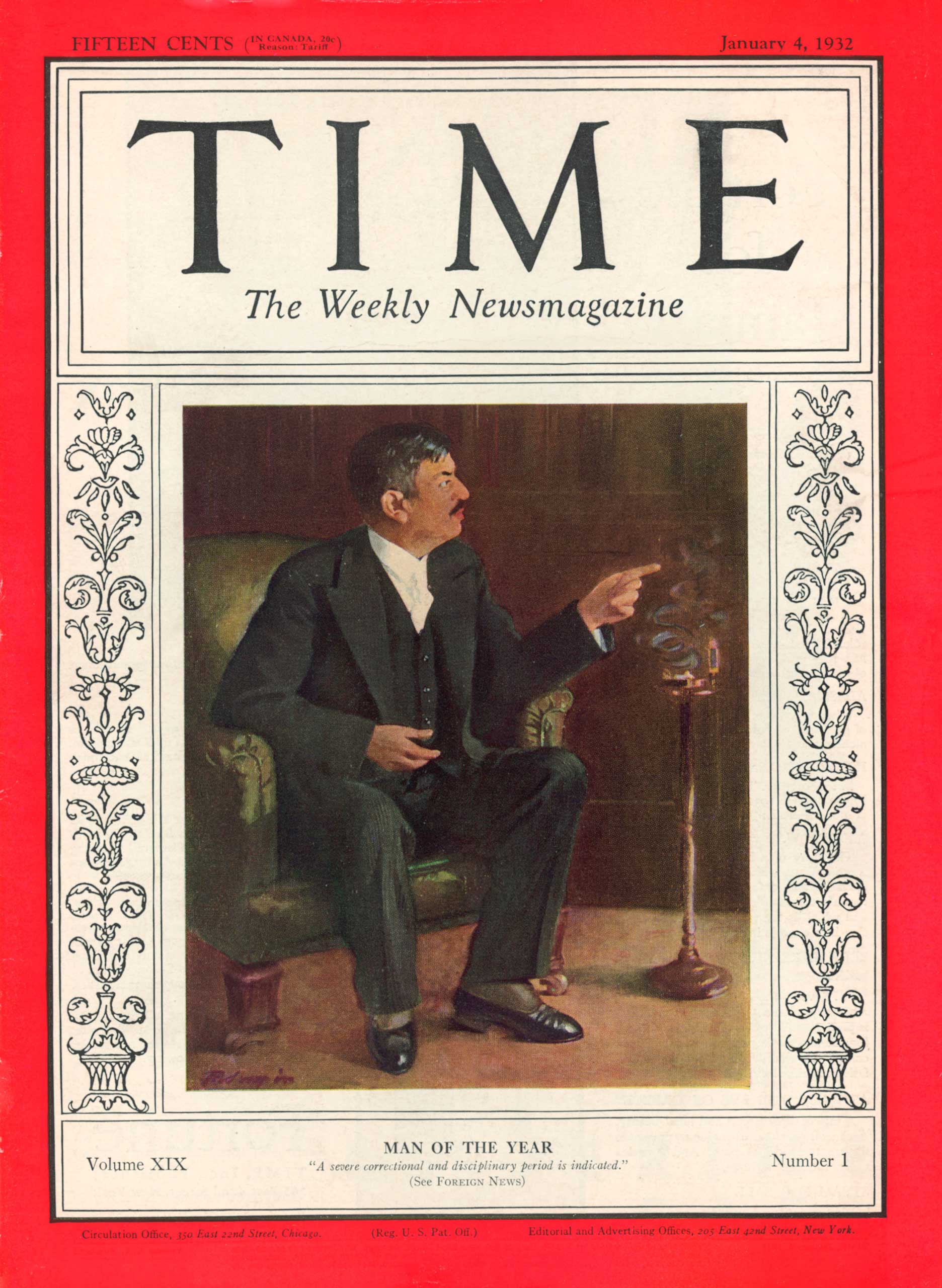

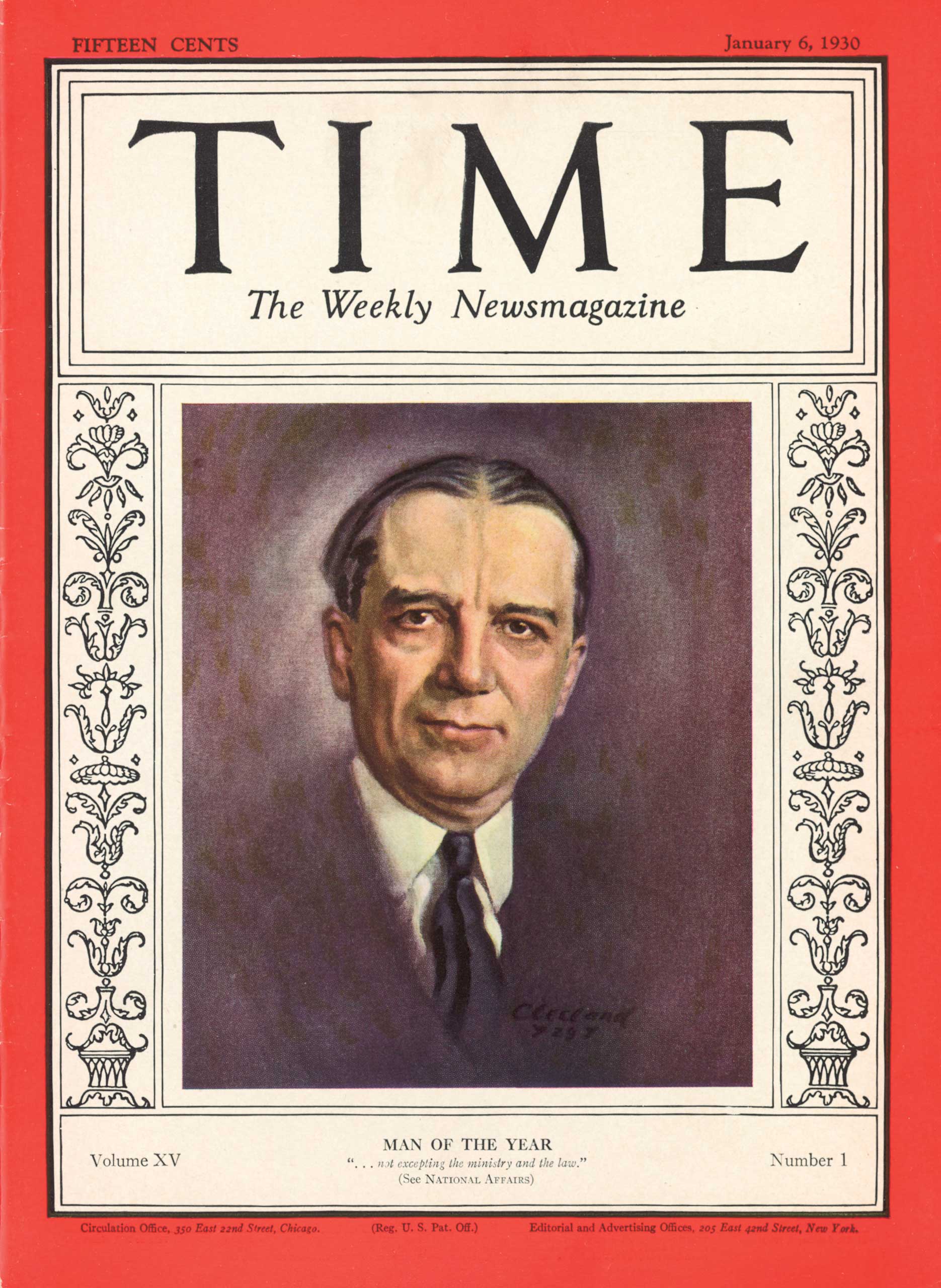
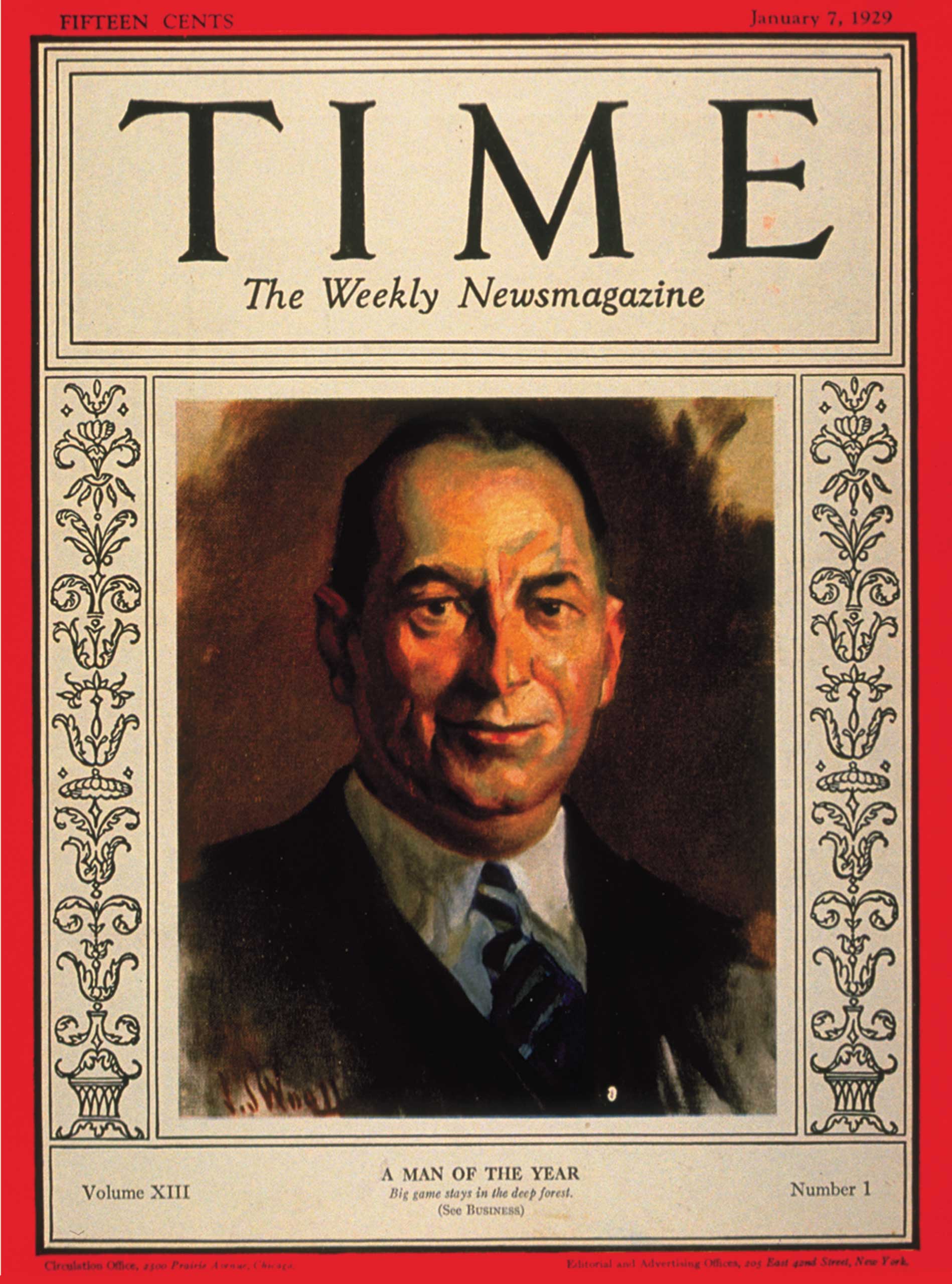

The editors apparently didn’t think that naming Lindbergh as TIME’s Person of the Year would be particularly noteworthy — in fact, the actual article about him is fairly brief and not even easy to find within the magazine. It begins thus:
Height: 6 ft. 2 inches.
Age: 25.
Eyes: Blue.
Cheeks: Pink.
Hair: Sandy.
Feet: Large. When he arrived at the Embassy in France no shoes big enough were handy.
Habits: Smokes not; drinks not. Does not gamble. Eats a thorough-going breakfast. Prefers light luncheon and dinner when permitted. Avoids rich dishes. Likes sweets.

Barely two columns, the article goes on to list where he’s flown and ends on the fact that his mother always thought he was “the world’s greatest.” And yet, the response to making him Person of the Year was enthusiastic enough that the editors decided to do it again a year later, naming Walter P. Chrysler “the outstanding businessman of the year” and putting him on 1929’s first cover.

“The Man of the Year idea caught on with a bang and, somewhat surprised, we decided to make it an annual event,” Prentice wrote in 1945. “The choice is in no way an accolade, nor a Nobel Prize for doing good. Nor is it a moral judgment. (Al Capone was runner-up in riotous, bootleg 1928.) The two criteria are always these: who had the biggest rise in fame; and who did the most to change the news for better (like Stalin in 1942) or for worse (like Stalin in 1939, when his flop to Hitler’s side unleashed this worldwide war).”

In the years since TIME first began its Person of the Year franchise, it has evolved considerably.
The first Woman of the Year belonged to 1936 (Wallis Simpson), but TIME didn’t switch to consistent use of the gender-neutral “Person of the Year” till 1999 (Jeff Bezos).
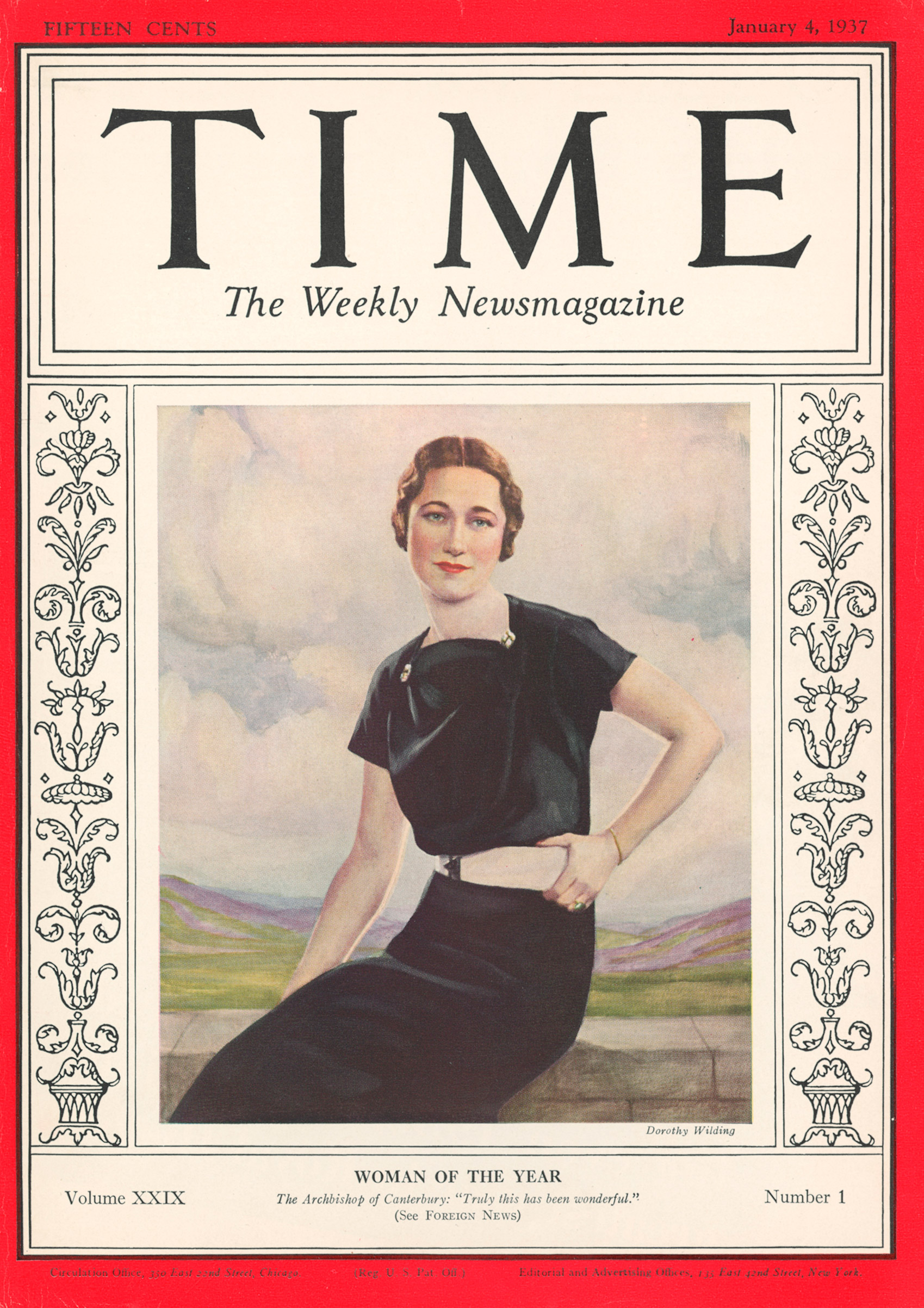
Not every Person of the Year has wielded positive influence; perhaps most notably, 1938’s Man of the Year was Adolf Hitler, with the added ominous prediction that he “may make 1939 a year to be remembered.” The first multi-person choice was 1937’s — Gen. and Mme. Chiang Kai-shek were “Man & Wife of the Year” — and the first symbolic group was 1950’s choice of “the American Fighting-man.” The first inanimate object chosen was 1982’s Machine of the Year, the personal computer. And of course, You were Person of the Year in 2006. In 2018, TIME’s editors picked the Guardians—Jamal Khashoggi, the Capital Gazette of Annapolis, Md., Maria Ressa, Wa Lone and Kyaw Soe Oo.

A version of this piece first appeared in TIME’s 2014 Person of the Year coverage.
More Must-Reads from TIME
- Cybersecurity Experts Are Sounding the Alarm on DOGE
- Meet the 2025 Women of the Year
- The Harsh Truth About Disability Inclusion
- Why Do More Young Adults Have Cancer?
- Colman Domingo Leads With Radical Love
- How to Get Better at Doing Things Alone
- Michelle Zauner Stares Down the Darkness
Write to Lily Rothman at lily.rothman@time.com